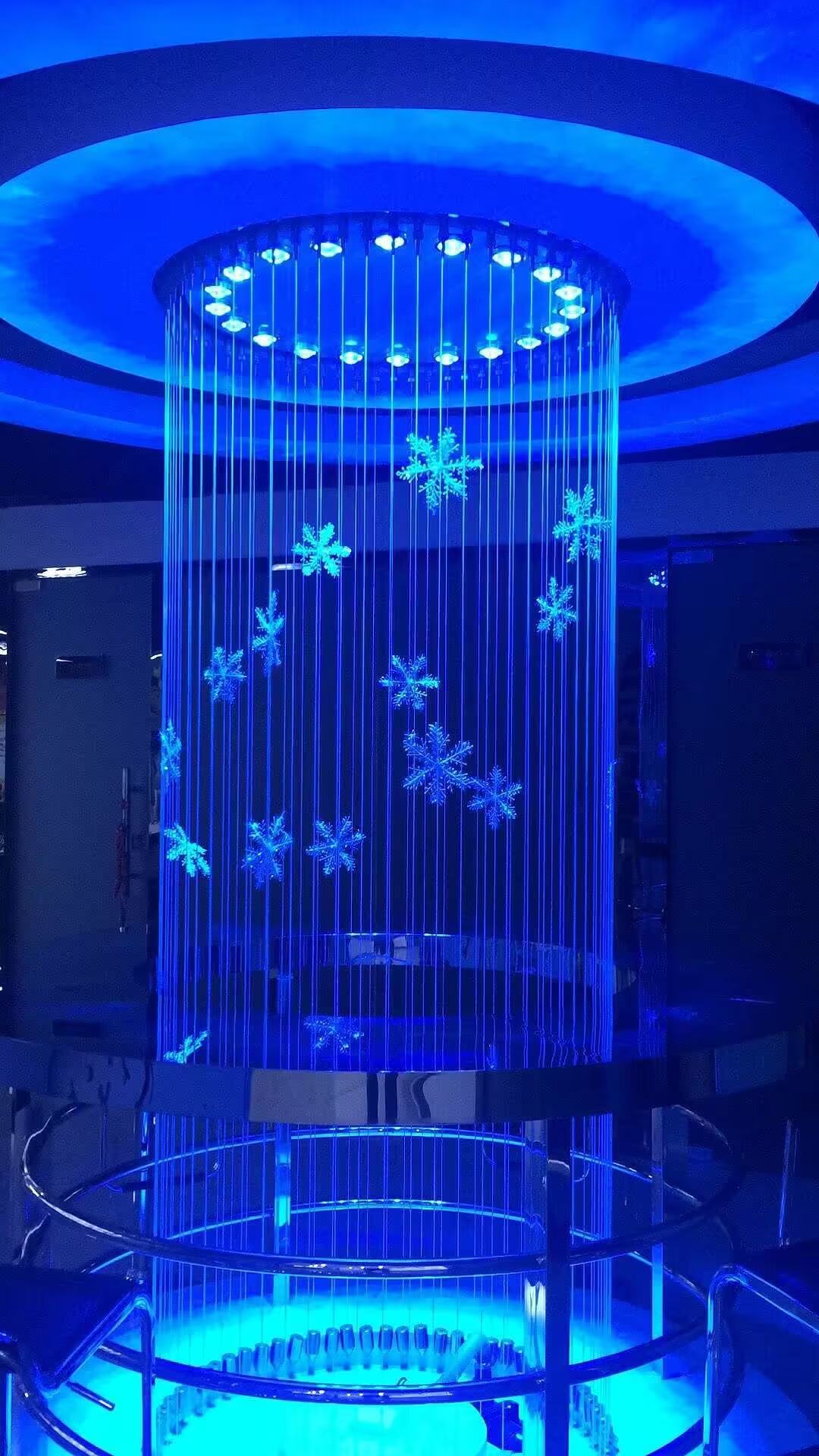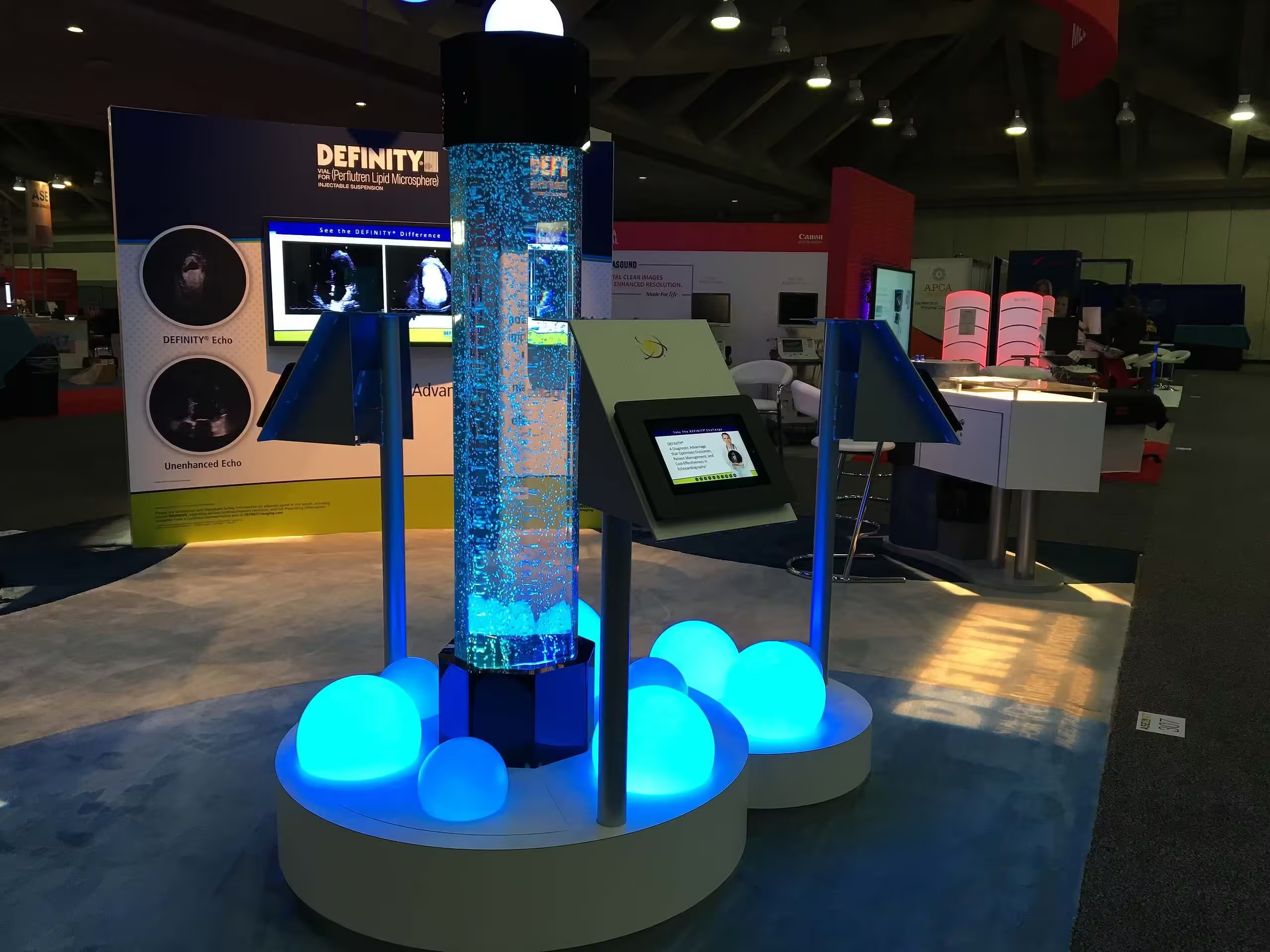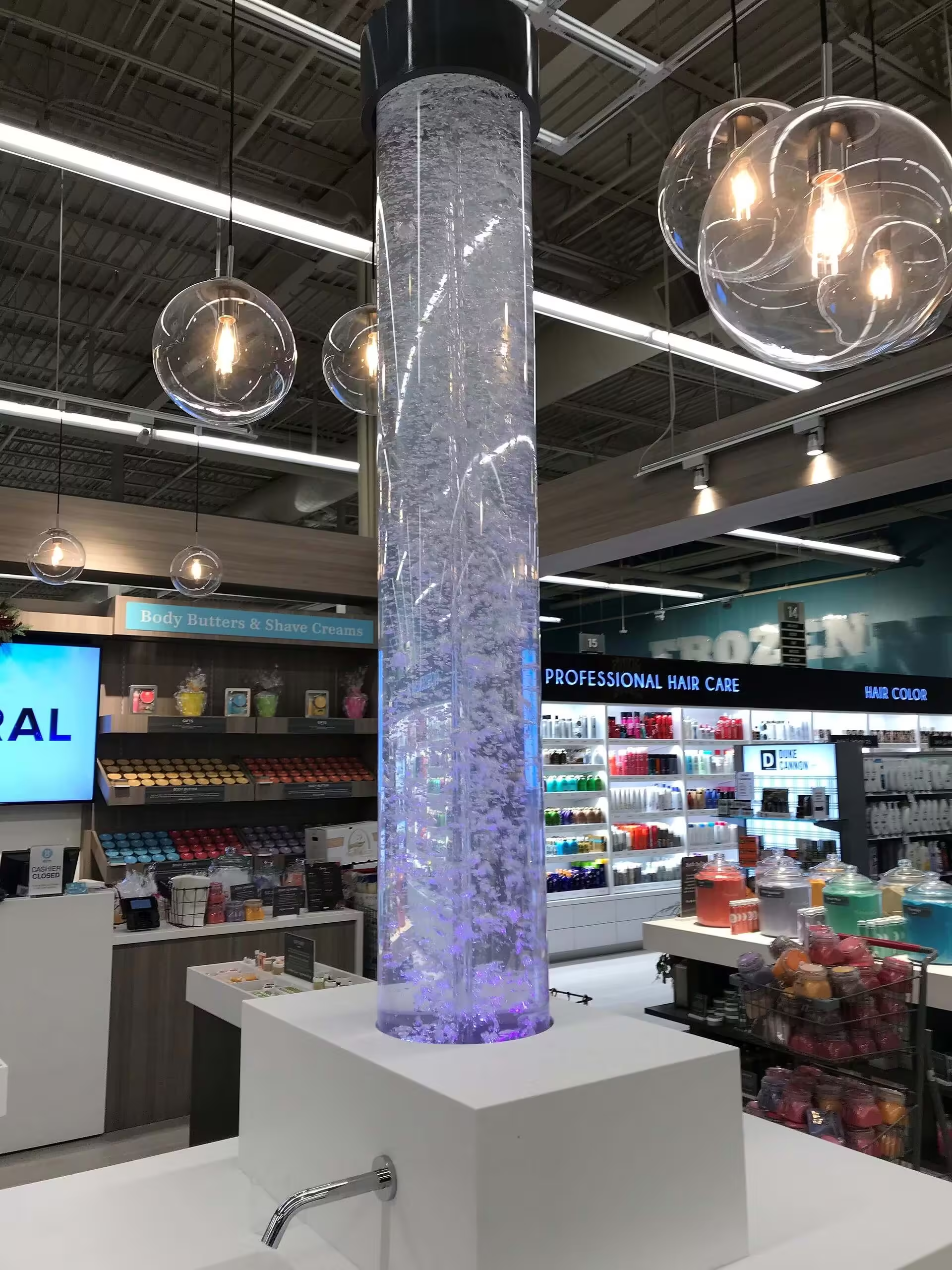A Rain Wall or a Bubble Wall can be a nice addition to your pool background. Wall Bubble provides soothing sounds, splashes of water cooler than pool water, and adds new landscapes to the pool area. However, it is important to weigh the pros and cons of a Rain Wall before committing to any purchase.
Advantages of a Rain Wall
- A Bubble Wall along with your pool pump can help circulate the water in your pool, keeping it cleaner.
- Many people love to play and bounce under the Rain Wall when it falls into the pool. In addition, the water has a calming effect and you can enjoy the movement and sound of the pool waterfall even when you are not swimming.
Cons of a Rain Wall by the pool
?Problems that can arise from a pool to the Rain Wall include calcium and mineral deposits at the rocky base. These will reach the pool water.
- Pool chemicals can corrode the artificial backing of the Rain Wall or Bubble wall. If the pool Rain Wall is connected to the pool pump, drawing water from the pool, evaporation can reduce the pool water level below the skimmers.
- If not installed properly, the pump can build up pressure against the pool wall, causing leaks and possible ruptures.
- If you opt for a pool Bubble wall waterfall, have it professionally installed and pay attention to pool maintenance to avoid these issues.
Rain Wall maintenance by the pool
?The Rain Wall from the pool is a beautiful addition to the backyard. There is something relaxing about being near a running water source, especially if it drowns out the noises of traffic and neighbors. This backyard upgrade transforms your pool area, but how difficult is it to maintain? Here are some points to have an account before installing a Rain Wall around your pool.
Start with a good pump
The amount of maintenance that needs to be done on your Rain Wall depends on how it was built in the first place. Start by getting a good pump. If you are going to splurge on any part of this feature, do so with the pump, which should be able to handle the volume of water that passes through. Choose a pump with a strong motor that can push the water up and out. This will result in less time spent changing filters, cleaning the pump, and cursing the skies.
Eliminate calcium extraction
Choose a day of the week for a consistent routine and sea maintenance check on it. Check your filters and Rain Wall pumps for clogs, which can create big problems. Remove any debris you find. If there are plants nearby, trim them periodically so they don’t leave too much plant matter to obstruct your waterfall.
Winter preparation
The weather is too cold for swimming, time to close the Rain Wall for the season. Disconnect filter and pump completely and allow draining until no water remains. Store the Wall Bubble indoors until the weather warms up again. Before replacing all Wall Bubble equipment in late spring or early summer, clean it thoroughly to remove any dust or grime that has accumulated inside.
?A Wall Bubble can keep your fireplace safe from the elements, as well as prevent animals from nesting inside your fireplace. So what are the different types of Wall Bubbles and how are they different? This short guide will walk you through the basics.
The standard Wall Bubble is generally mounted in one of three ways.
You can mount it by screwing it to the base angle of the lid, tightening it to your fireplace tile.
If your Bubble Wall is not raised high enough for that to work, the cover can be mounted indoors.
Some standard Wall Bubble covers come with mounting angles, as well as other types of fasteners that help secure it to your fireplace.




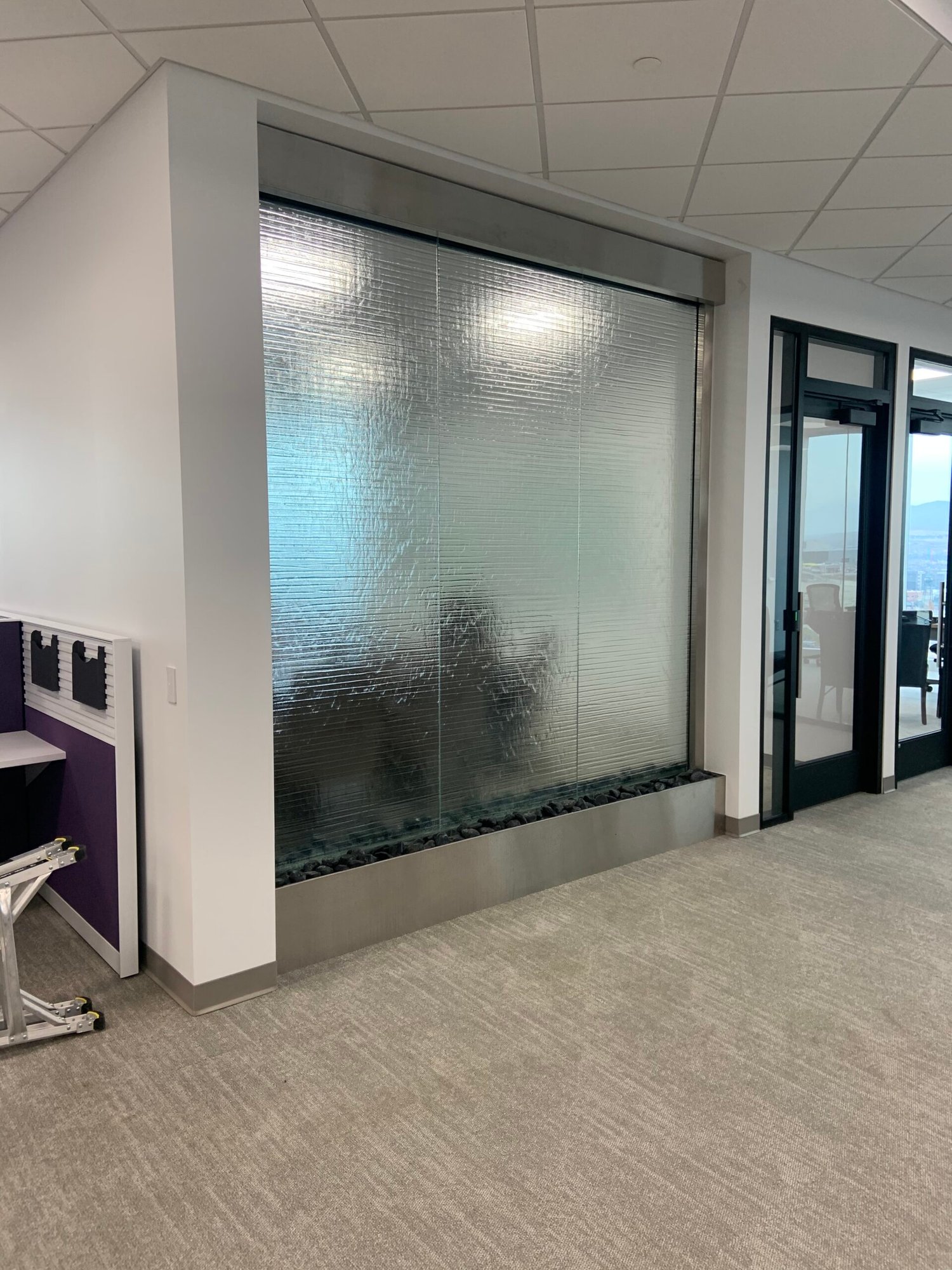

















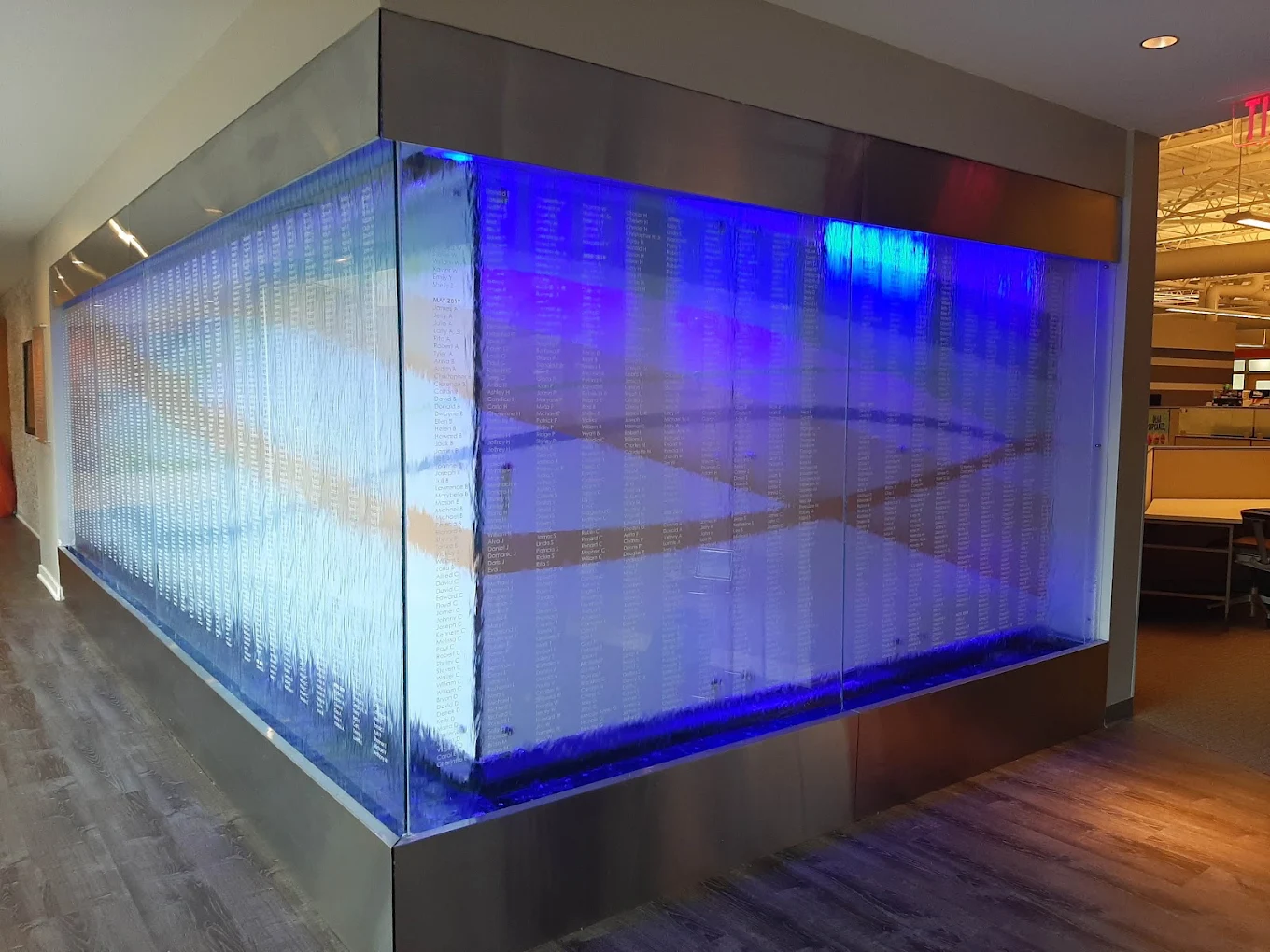
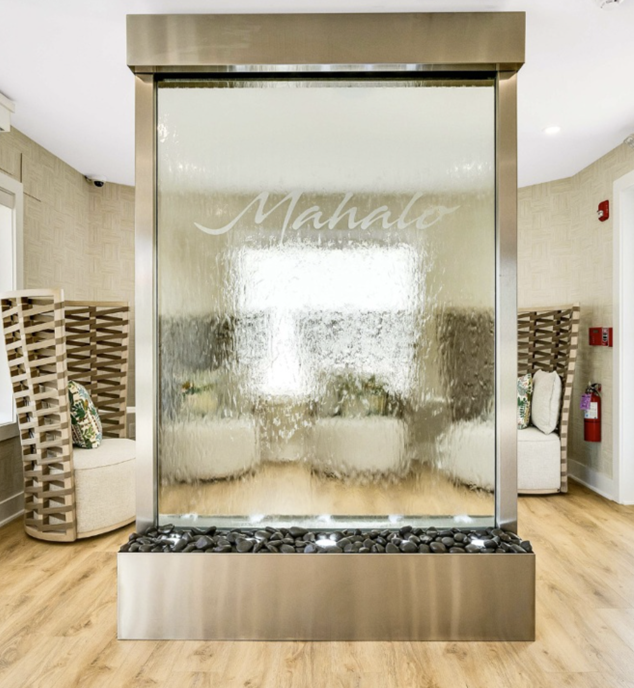
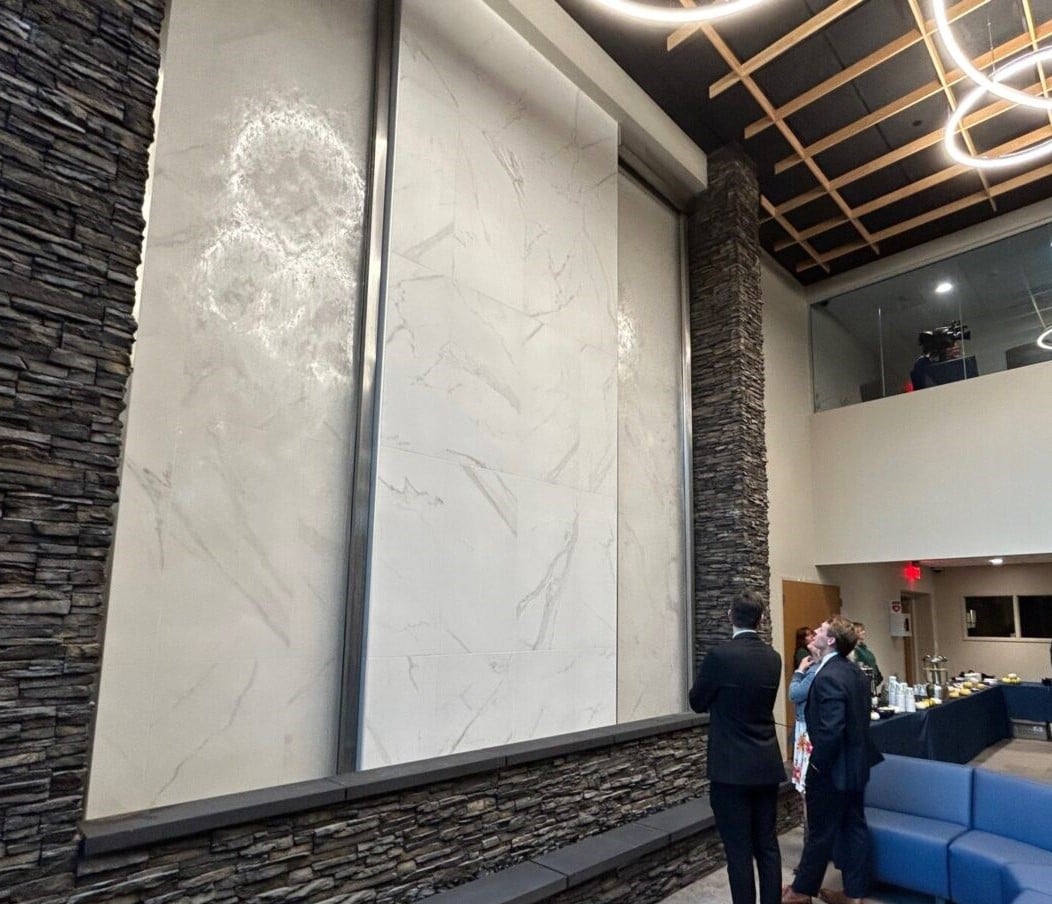

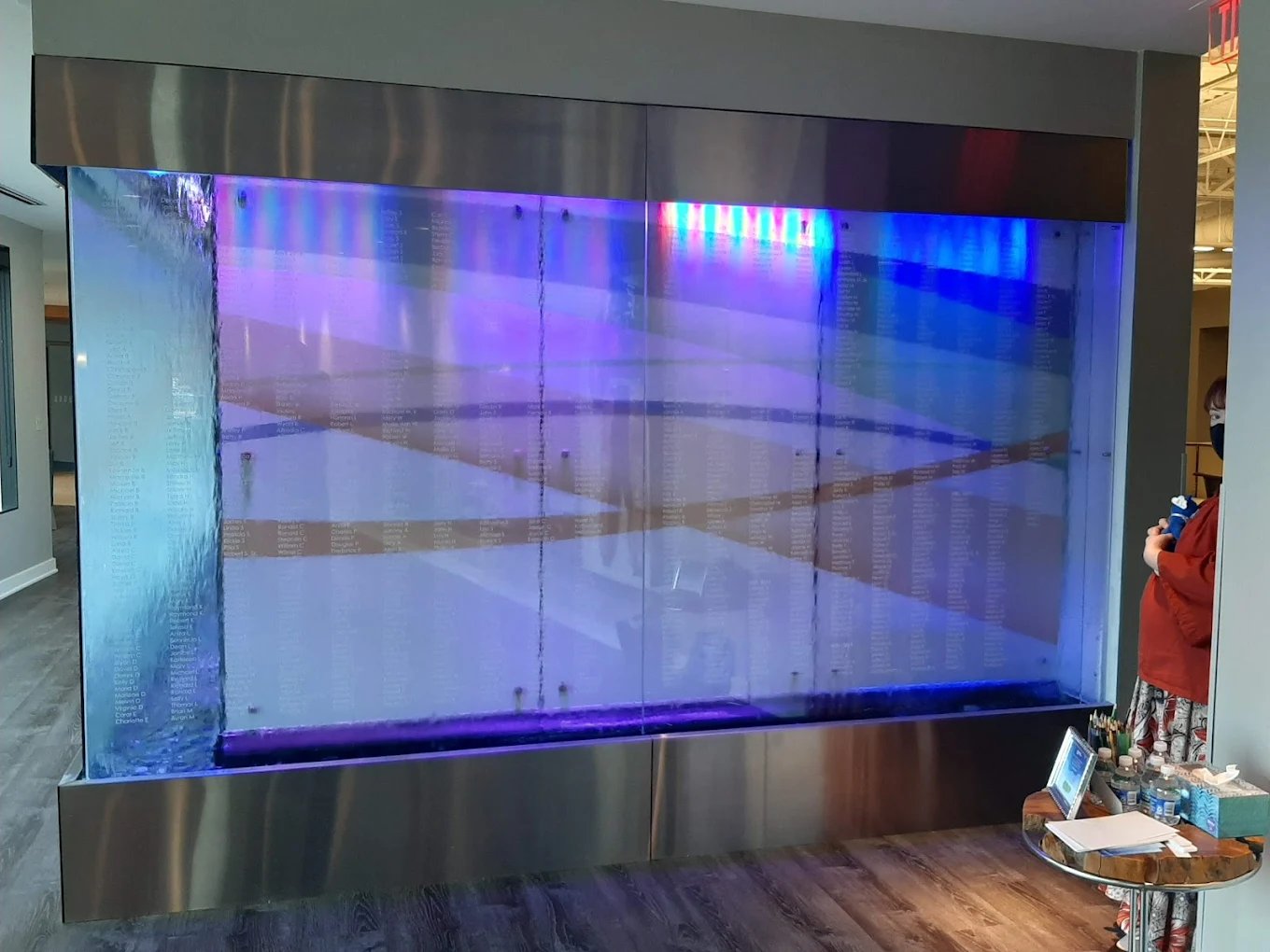





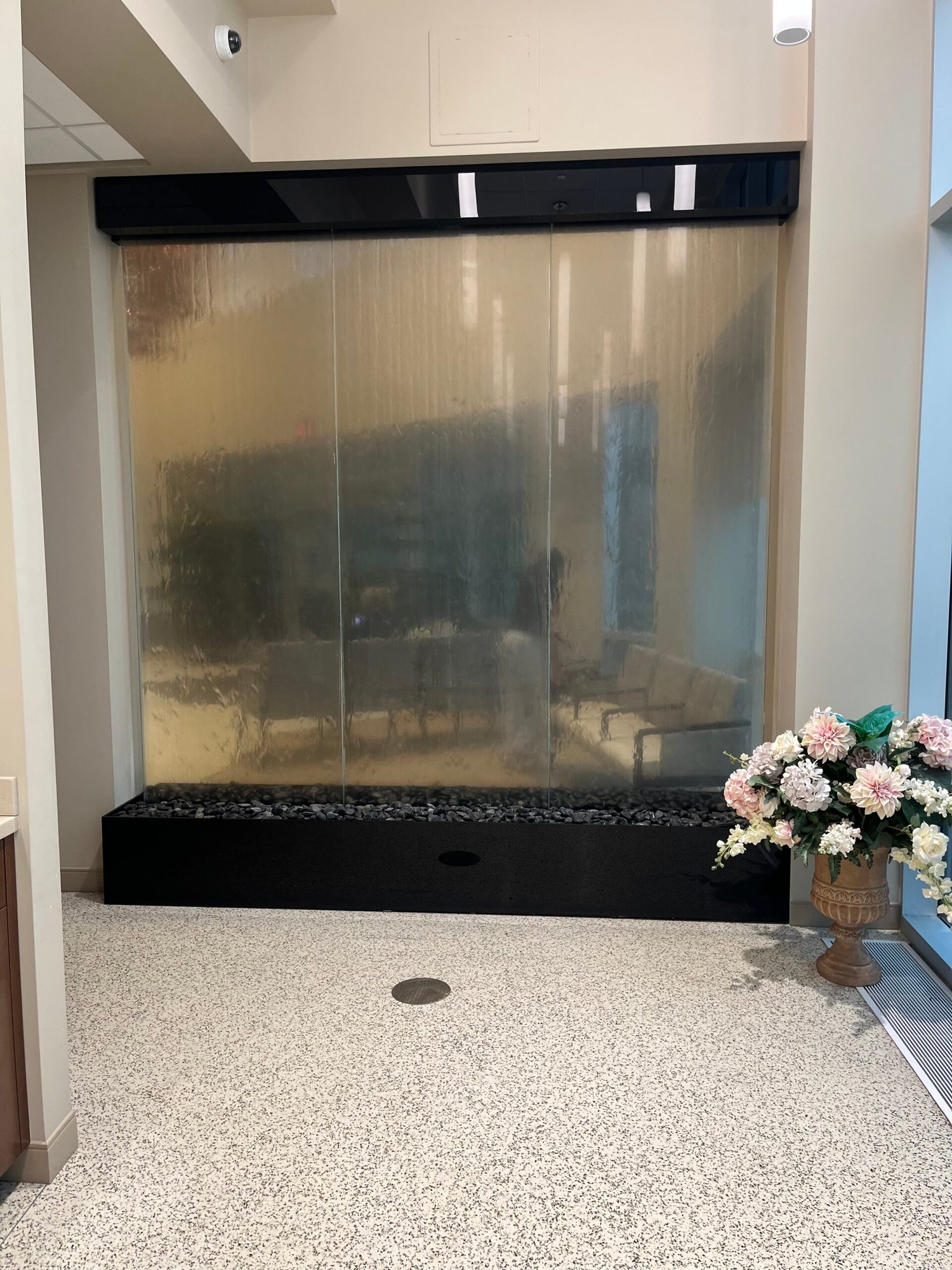















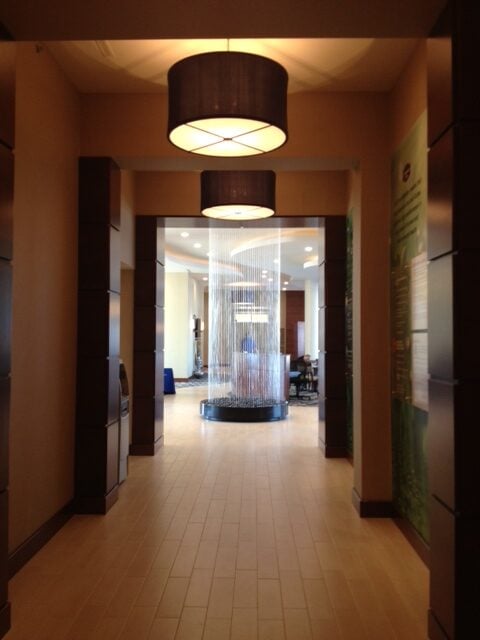






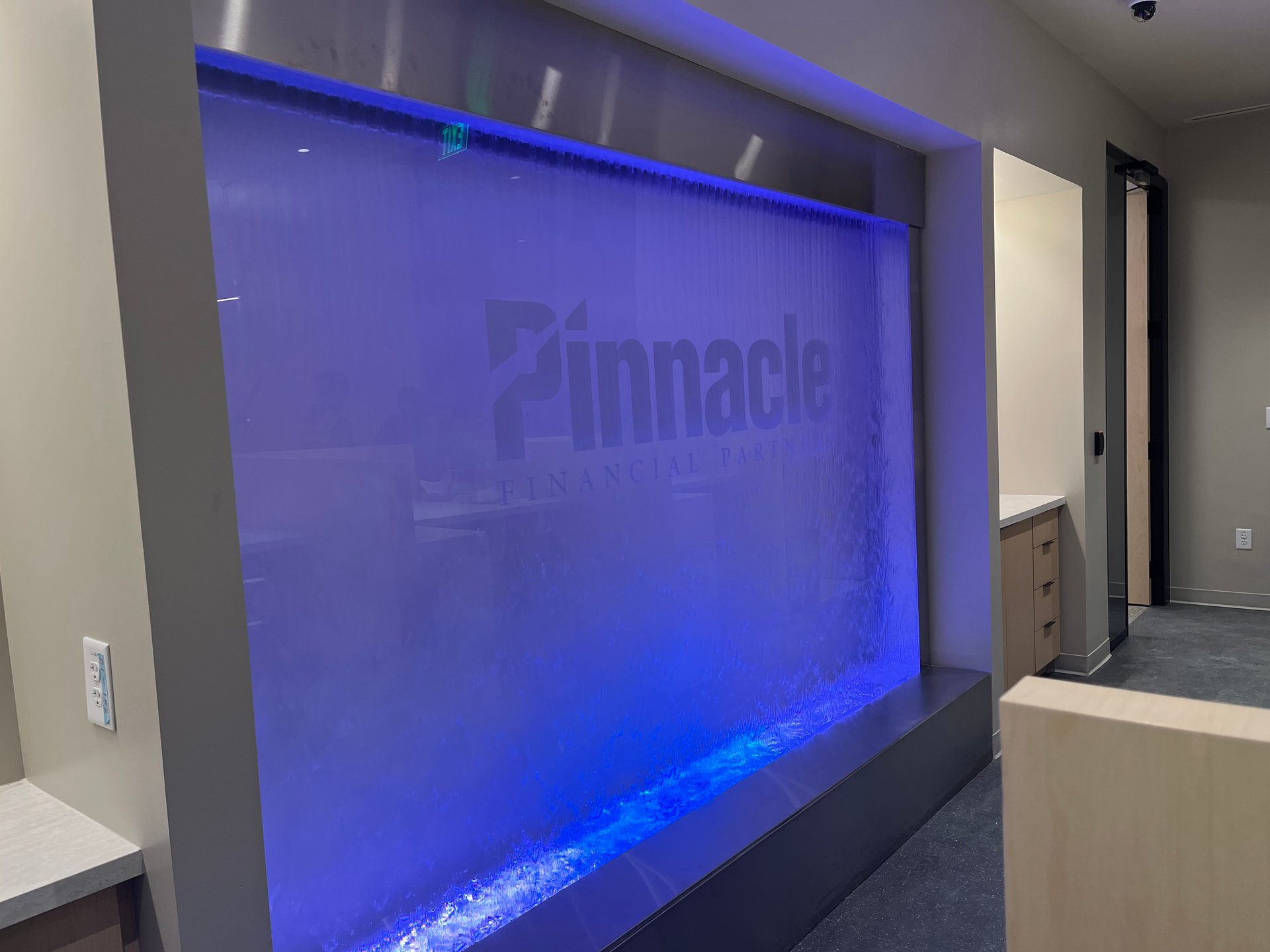





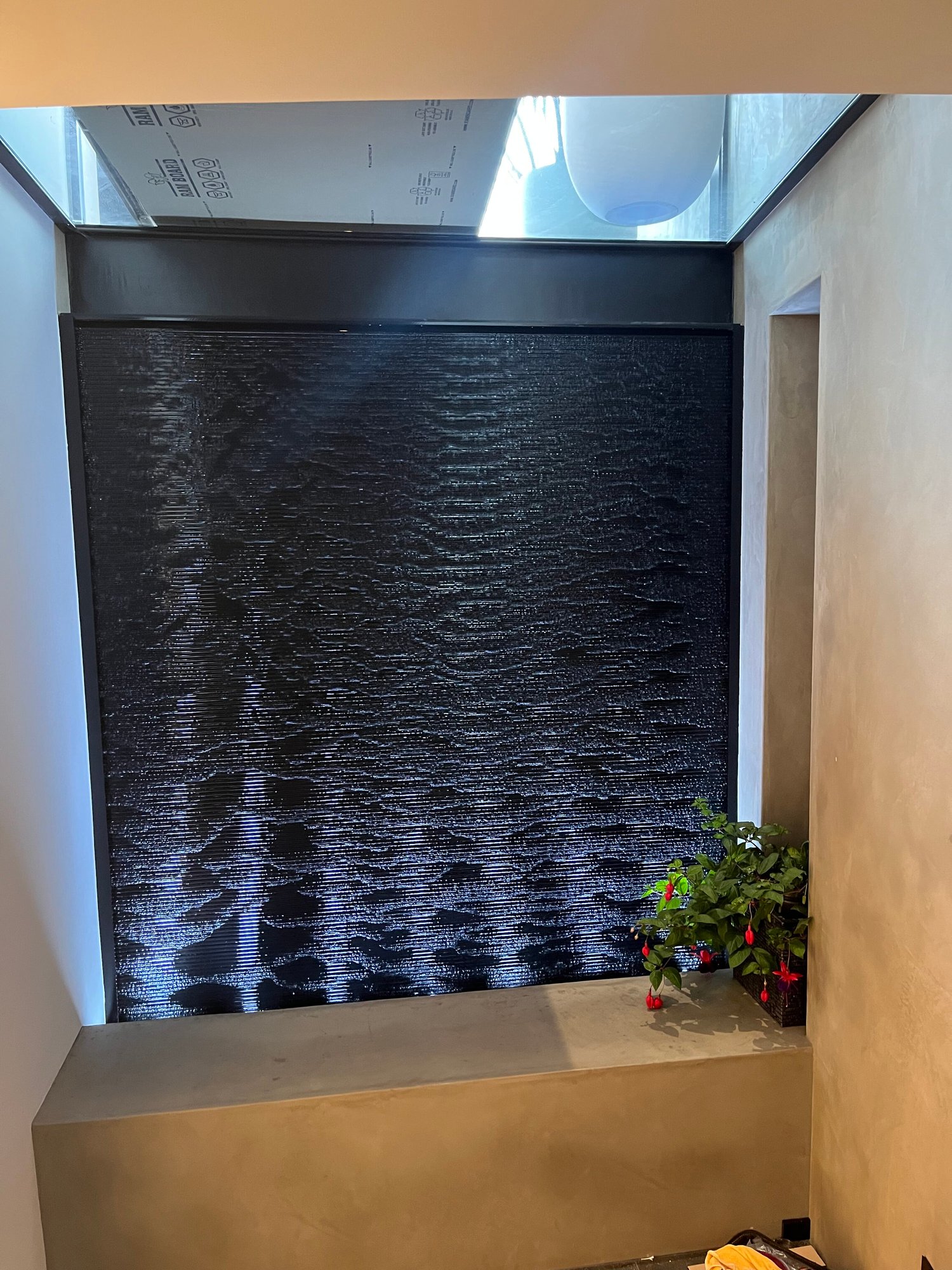
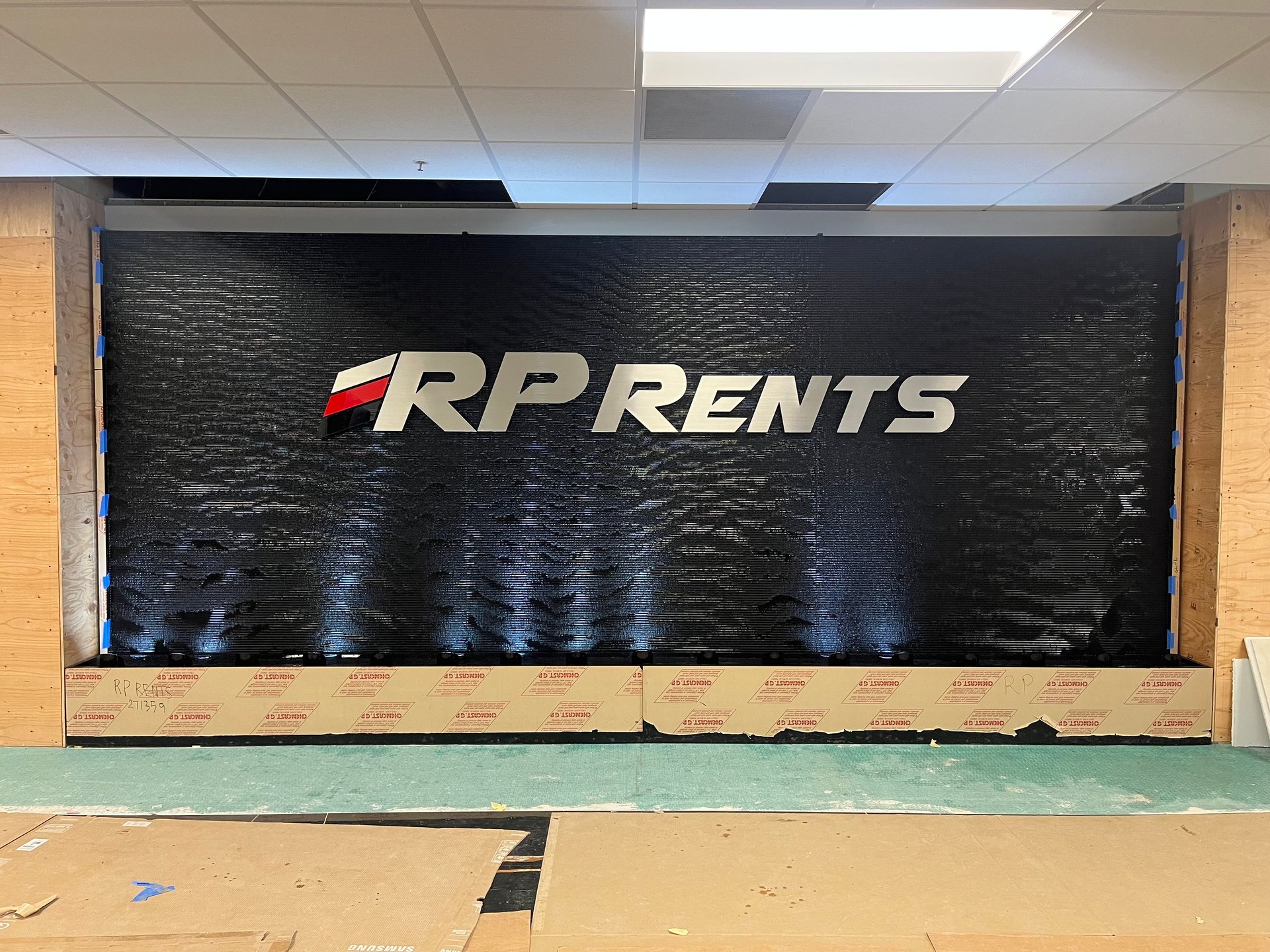










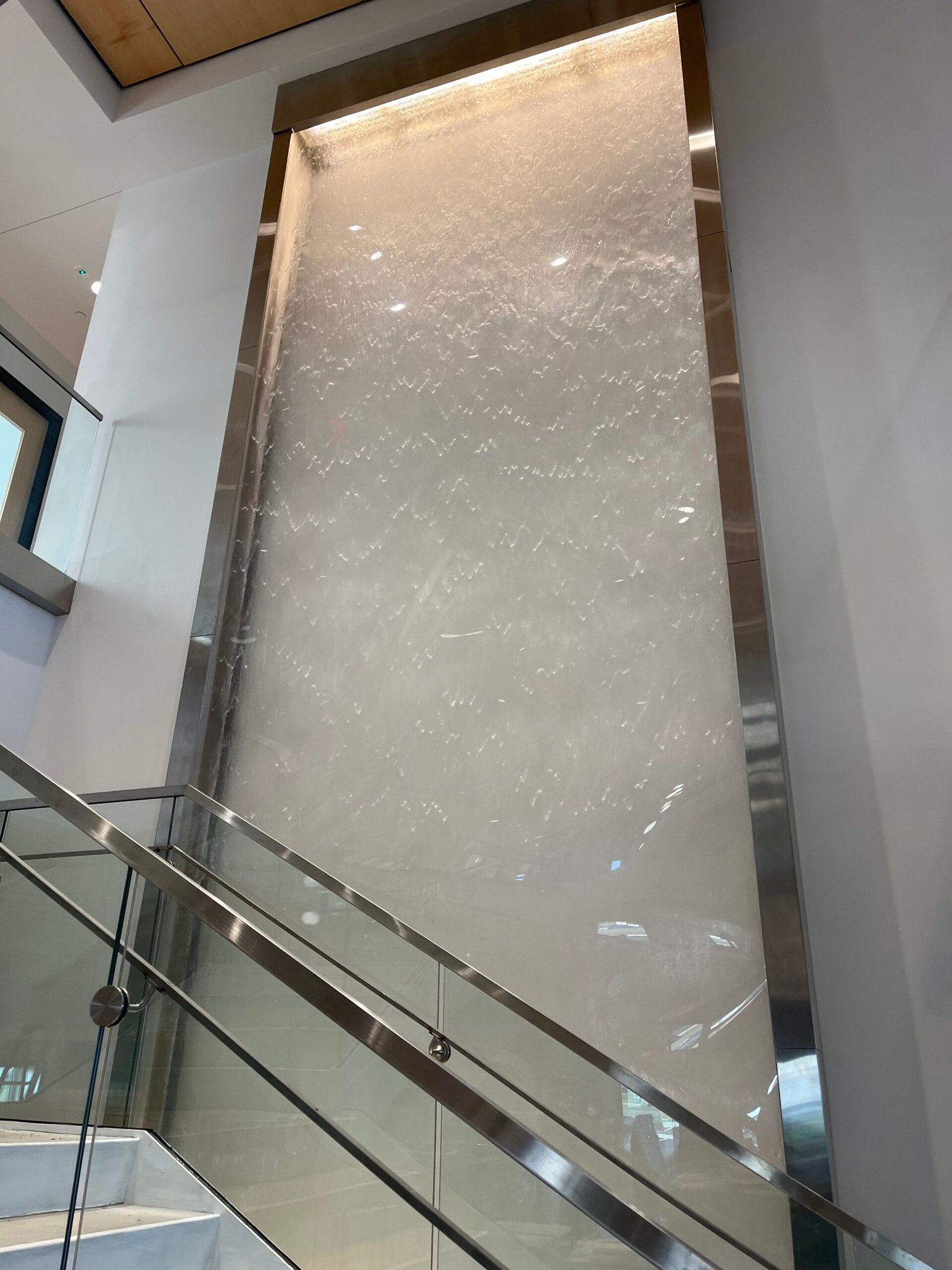




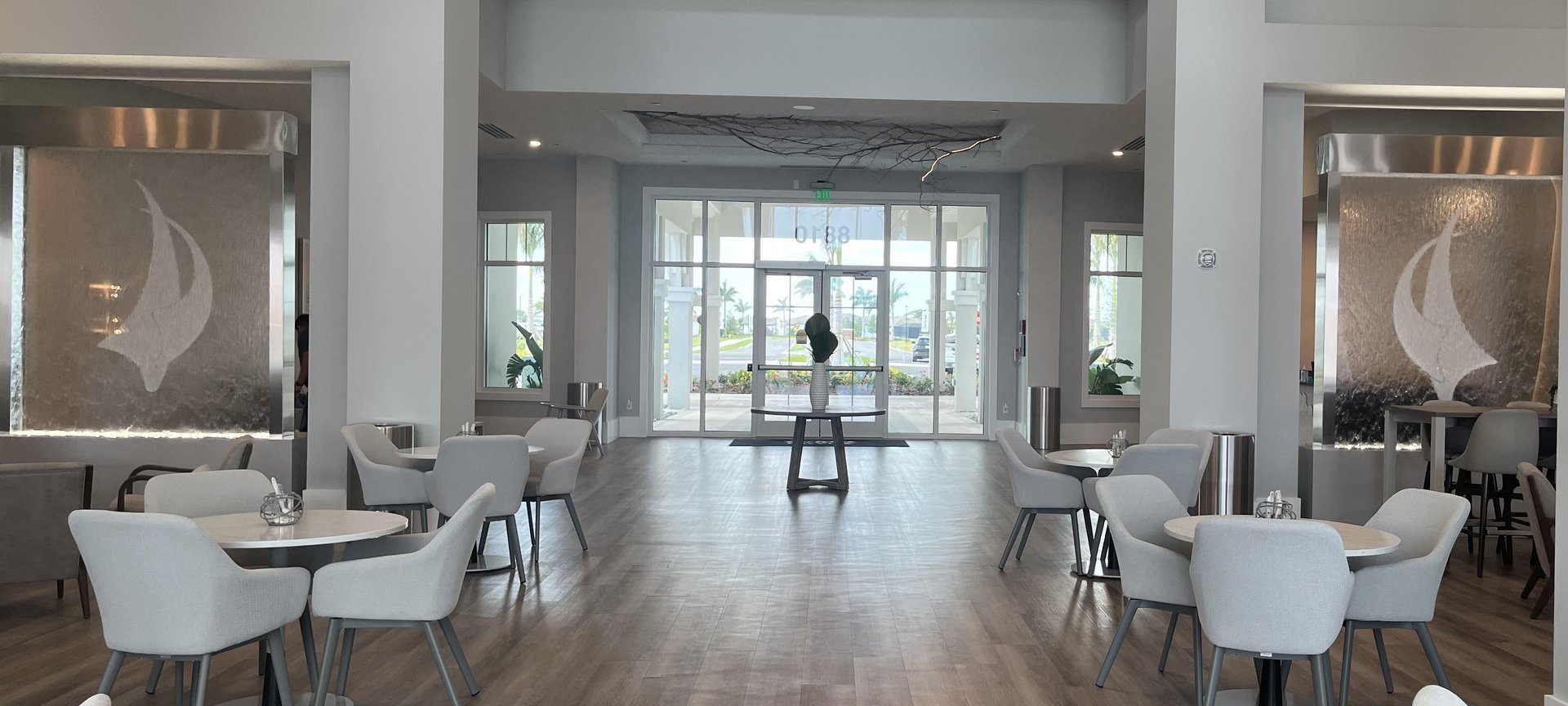
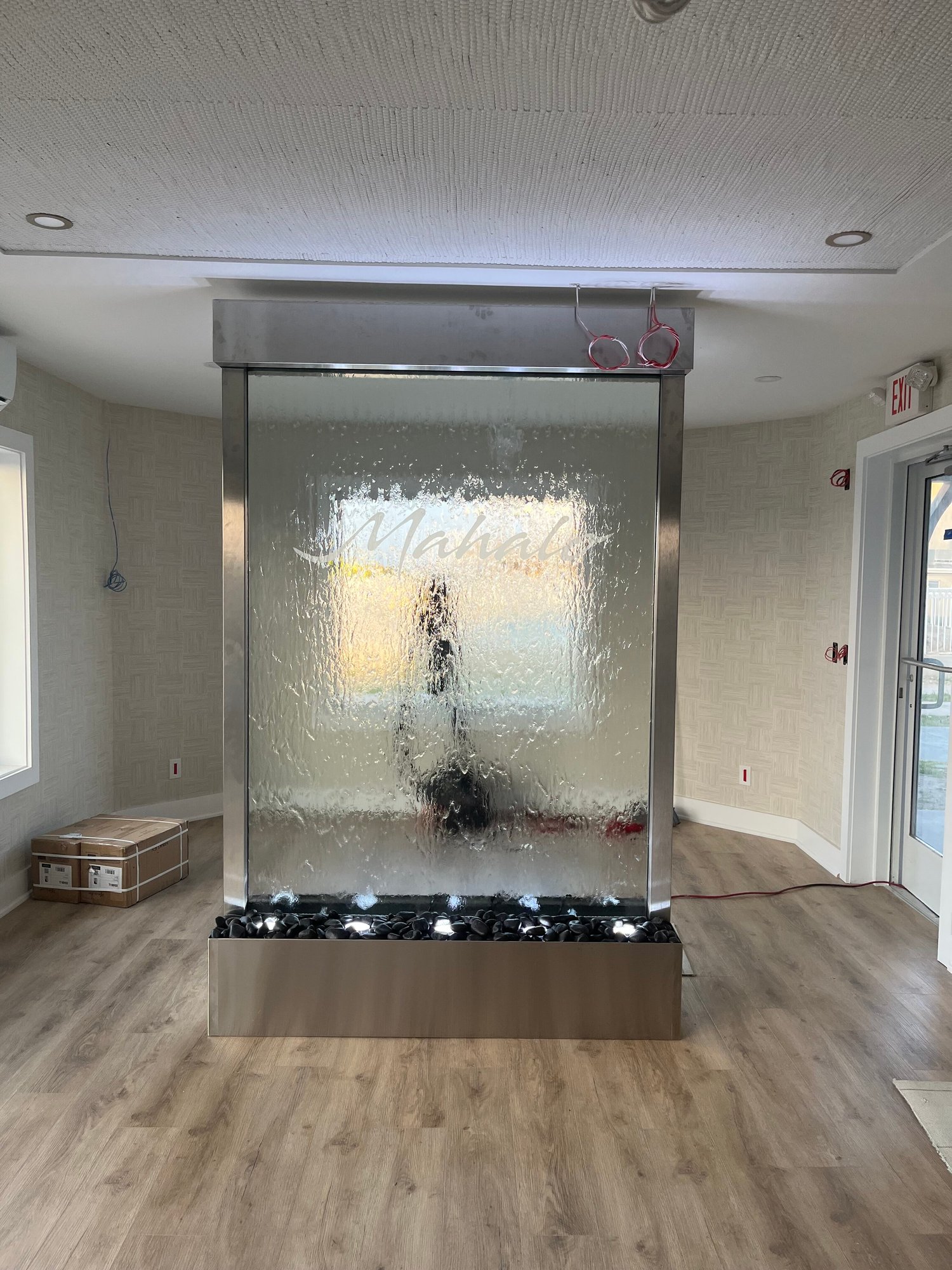
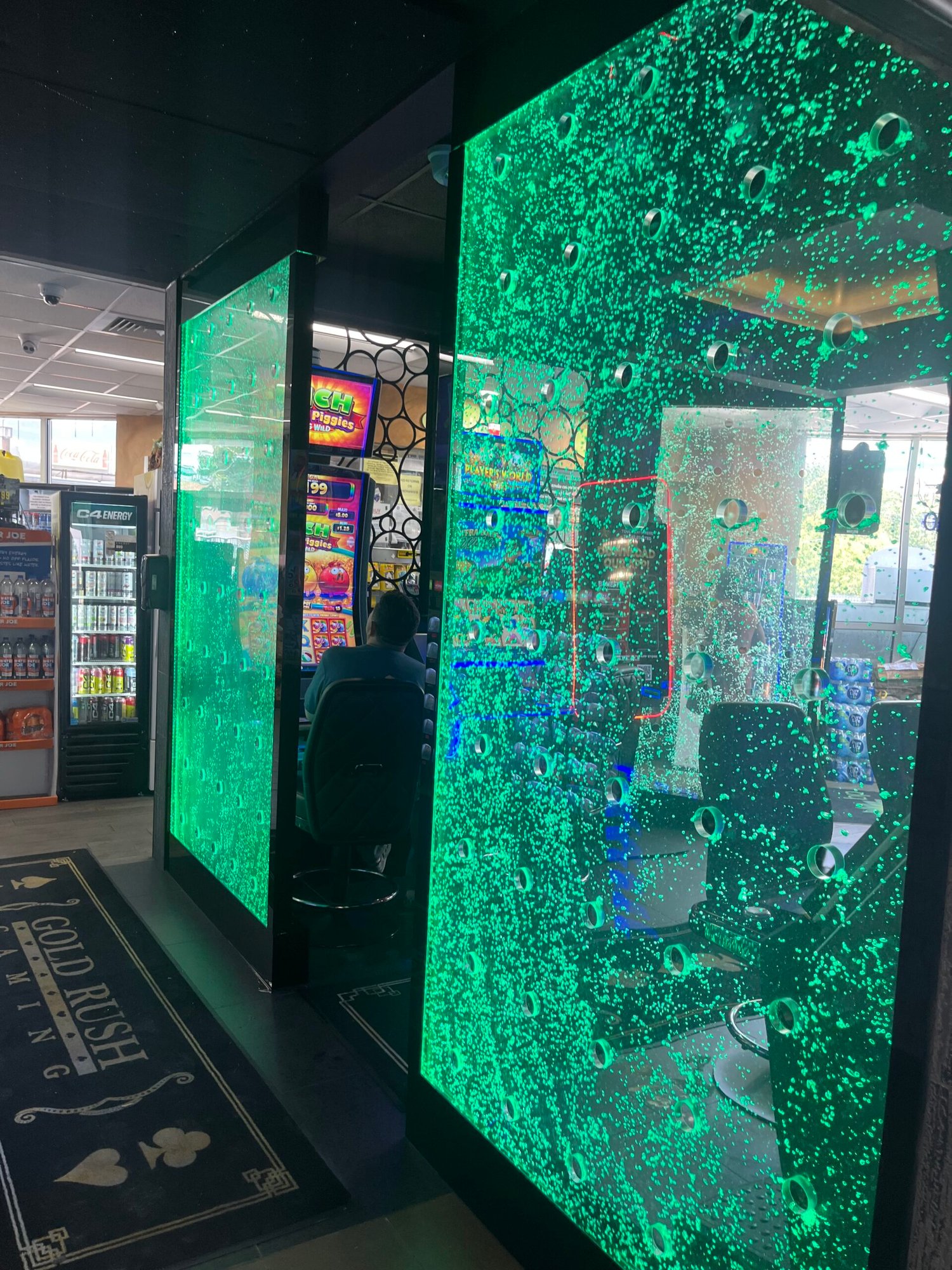























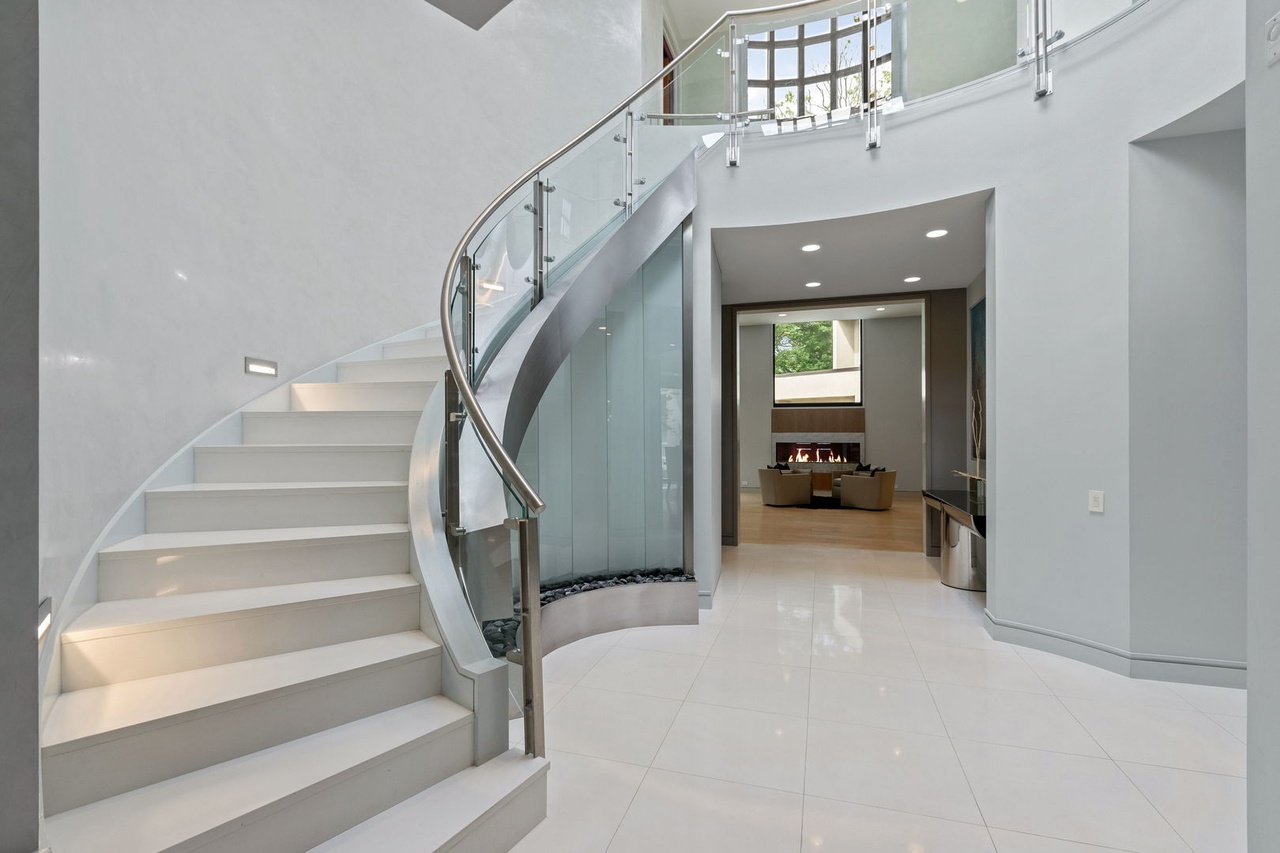
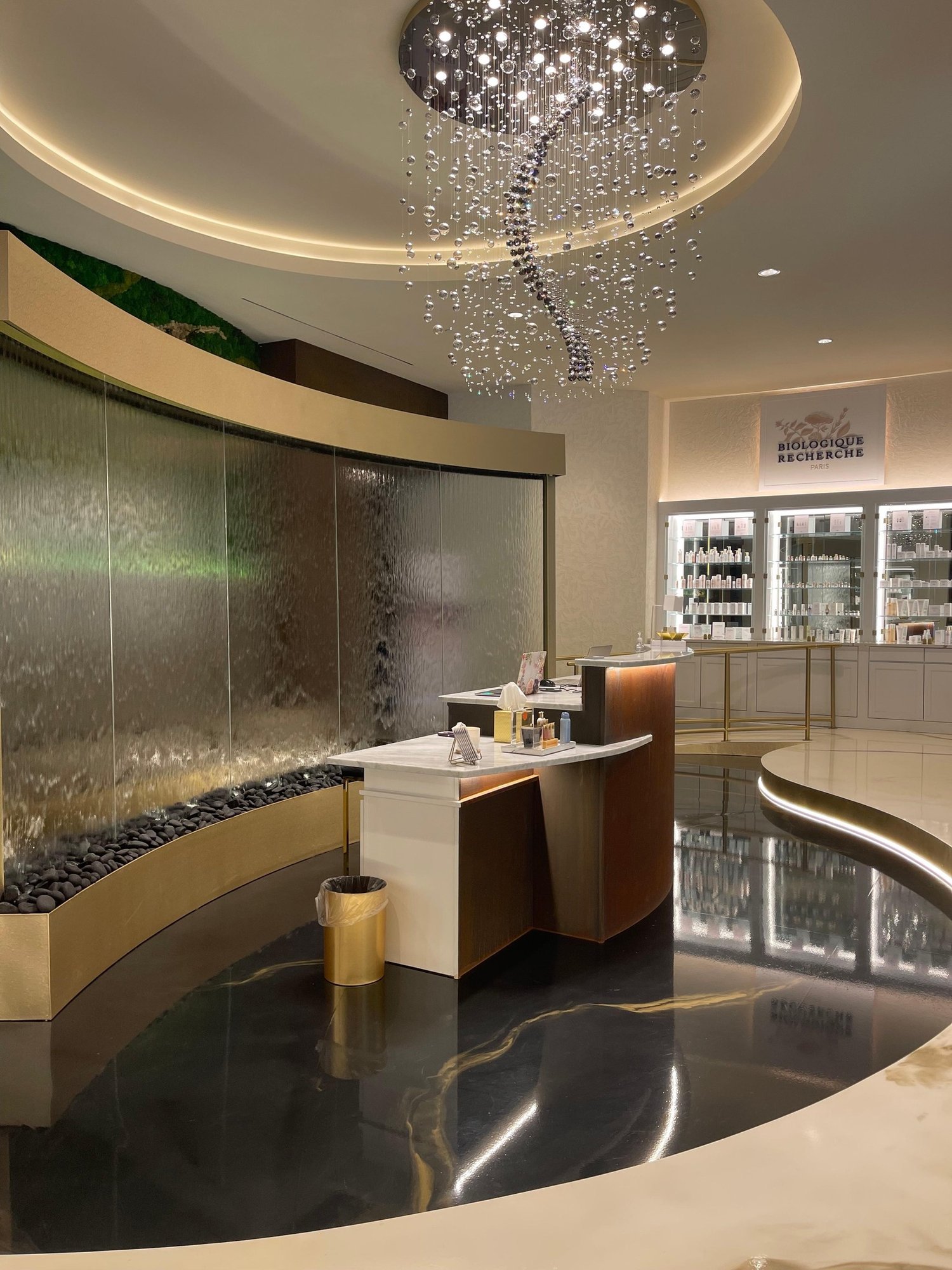



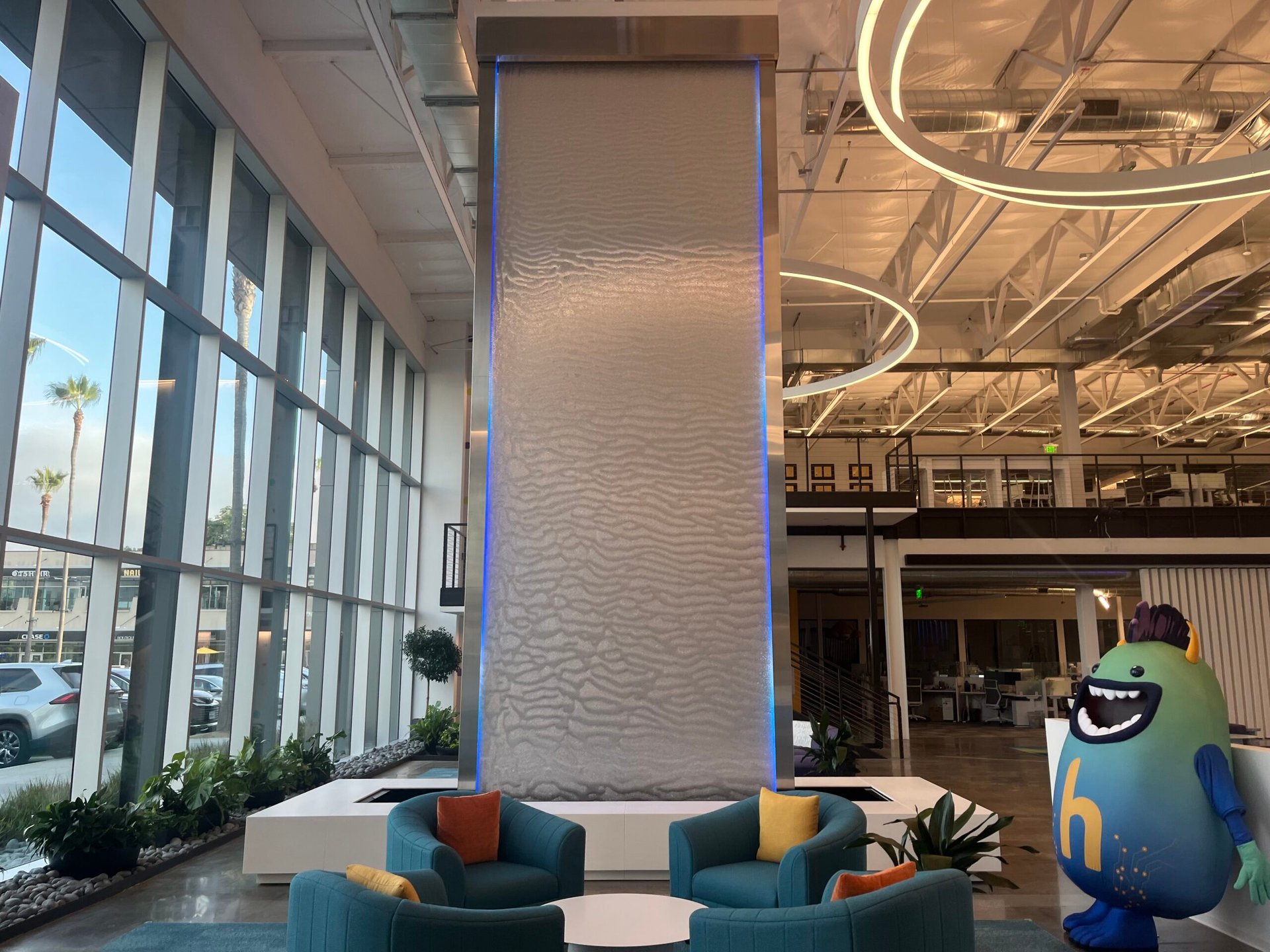



































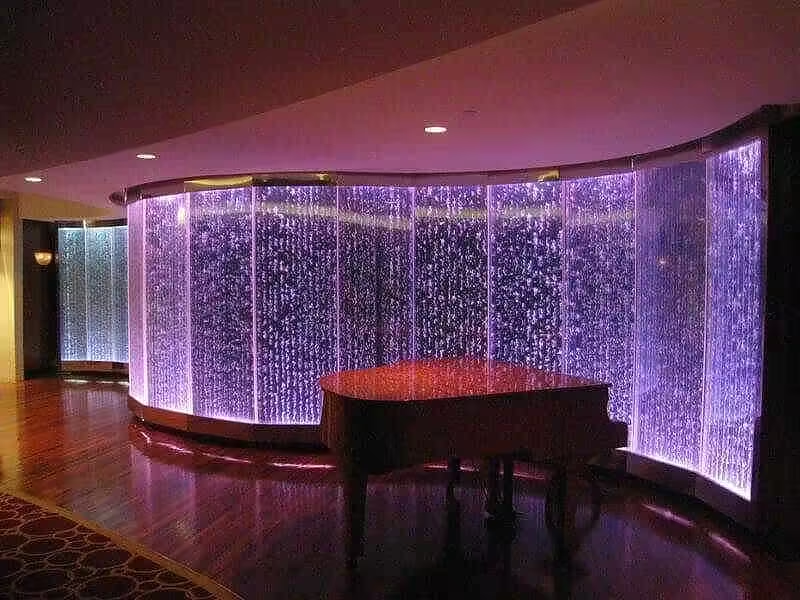













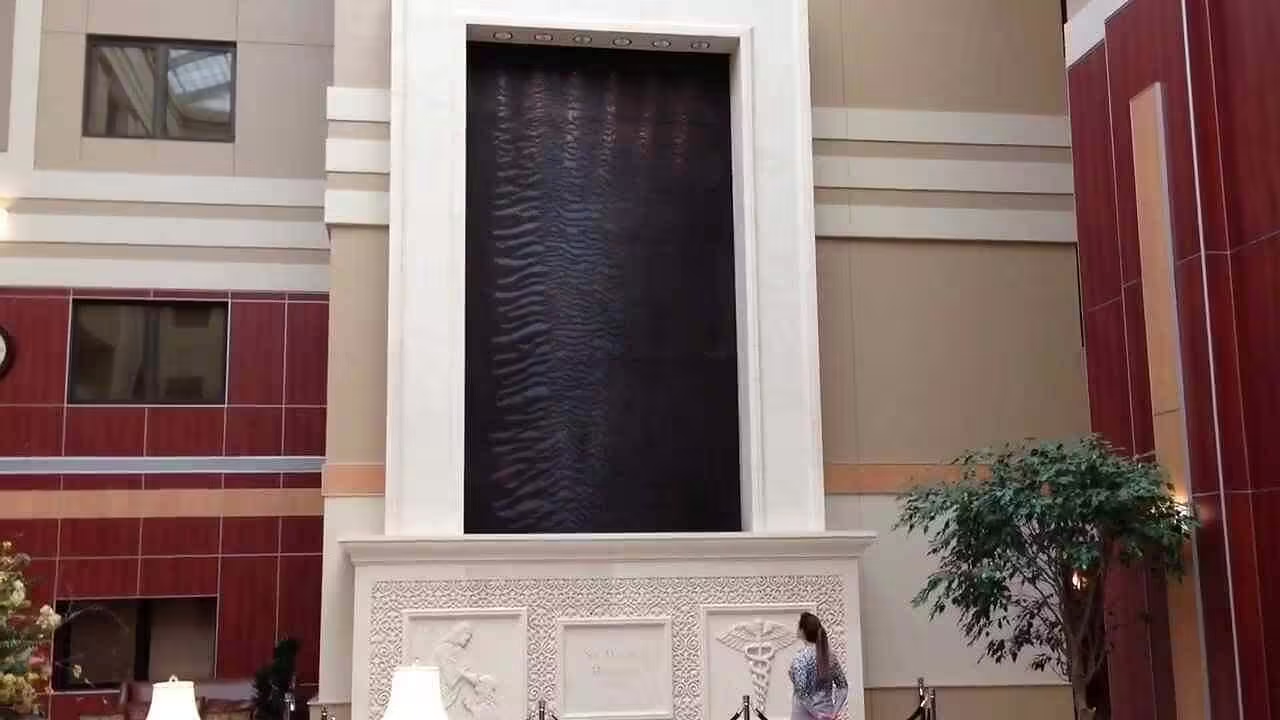





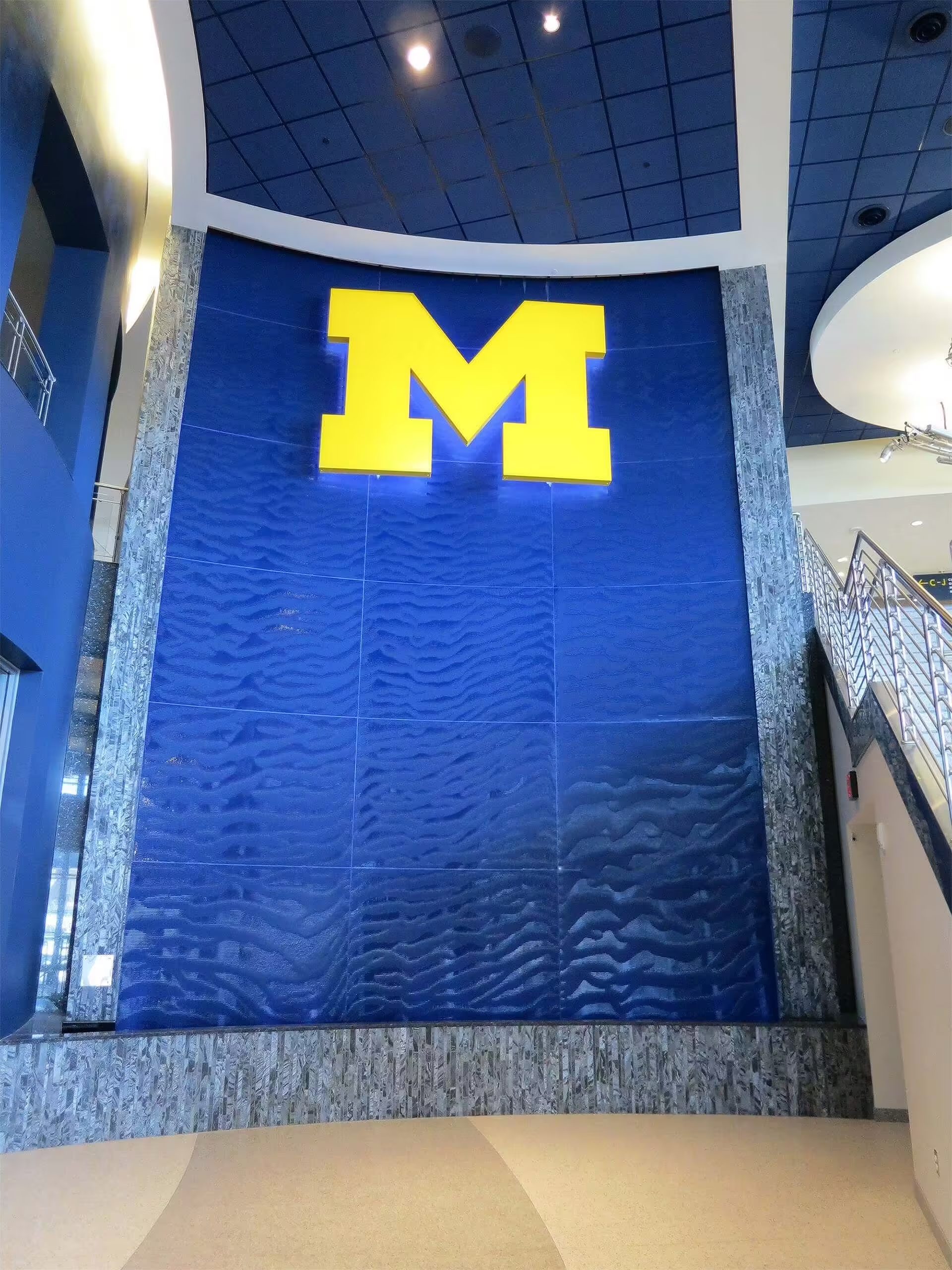


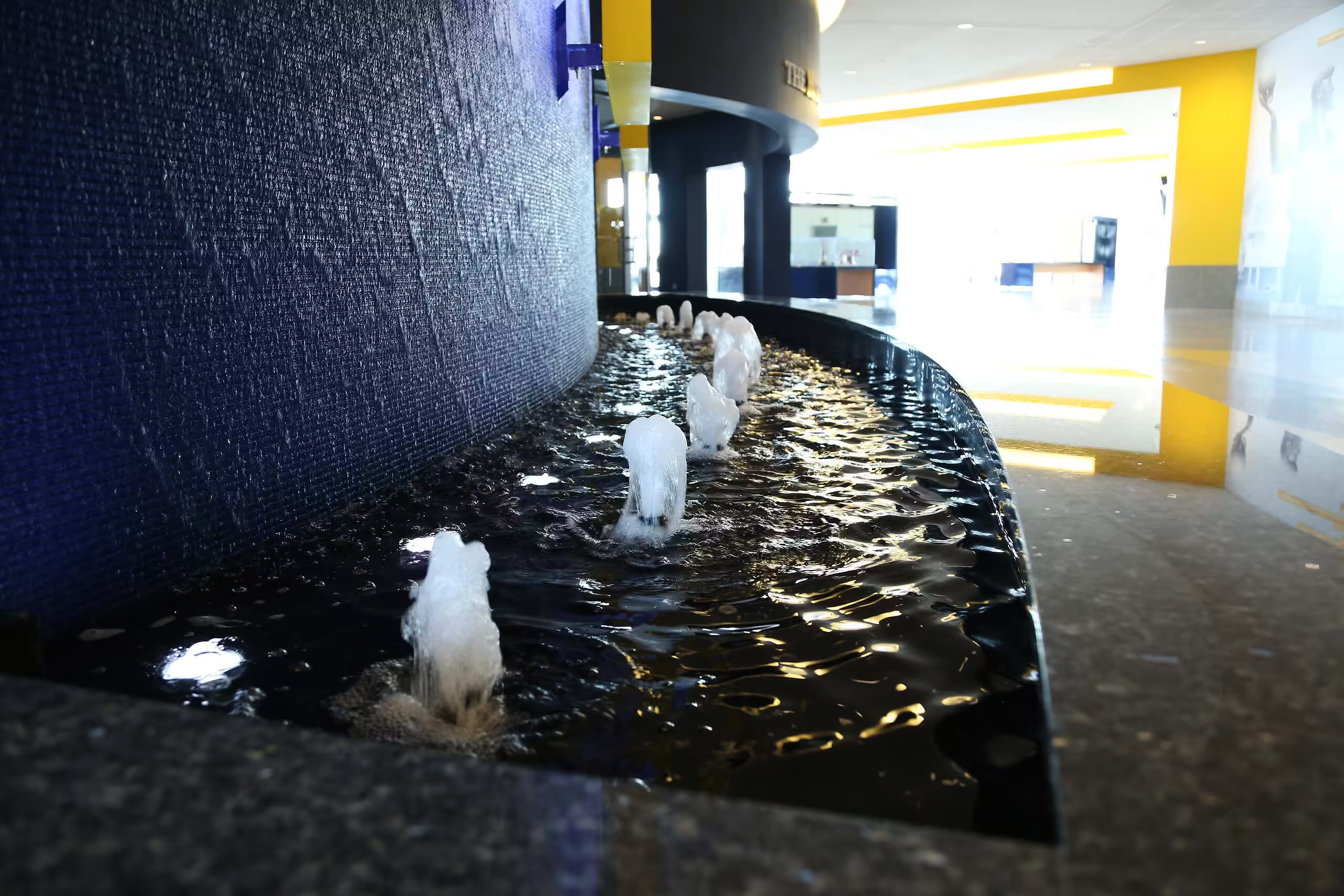






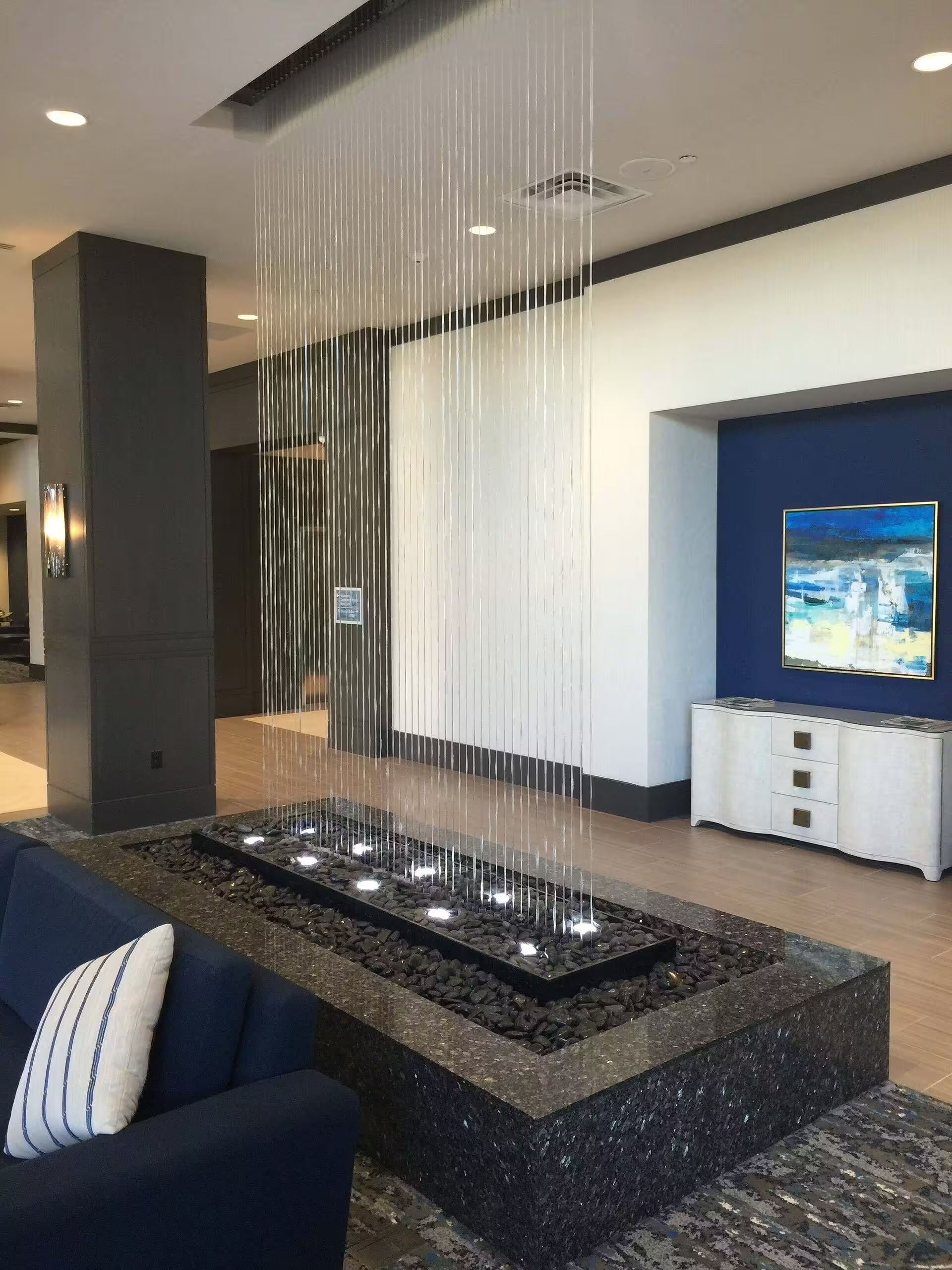



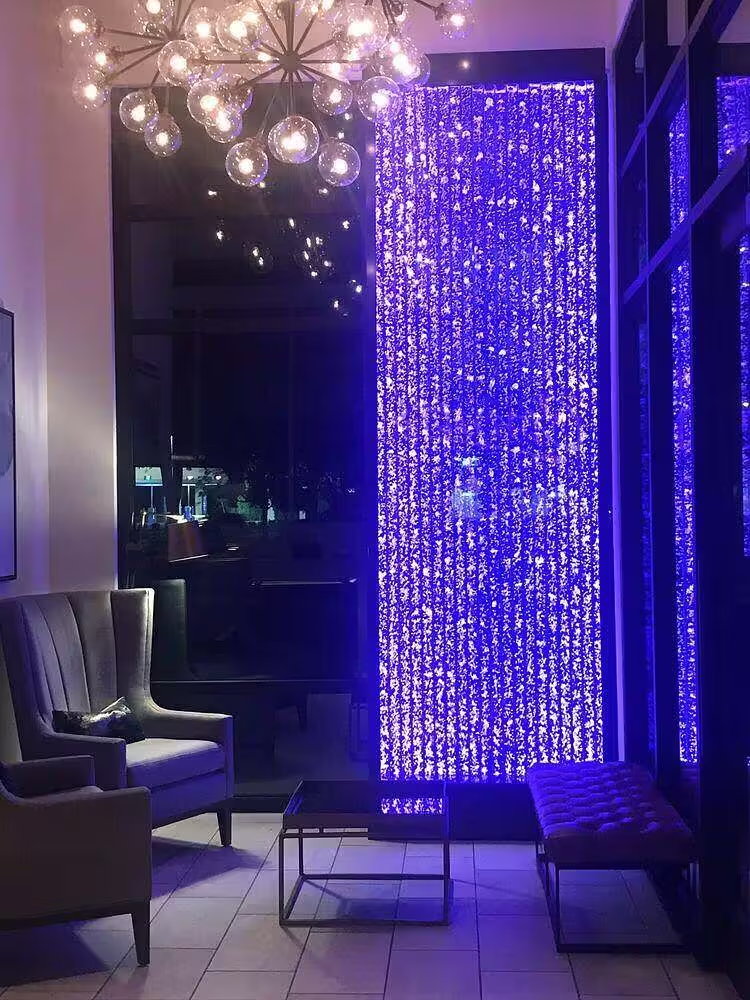
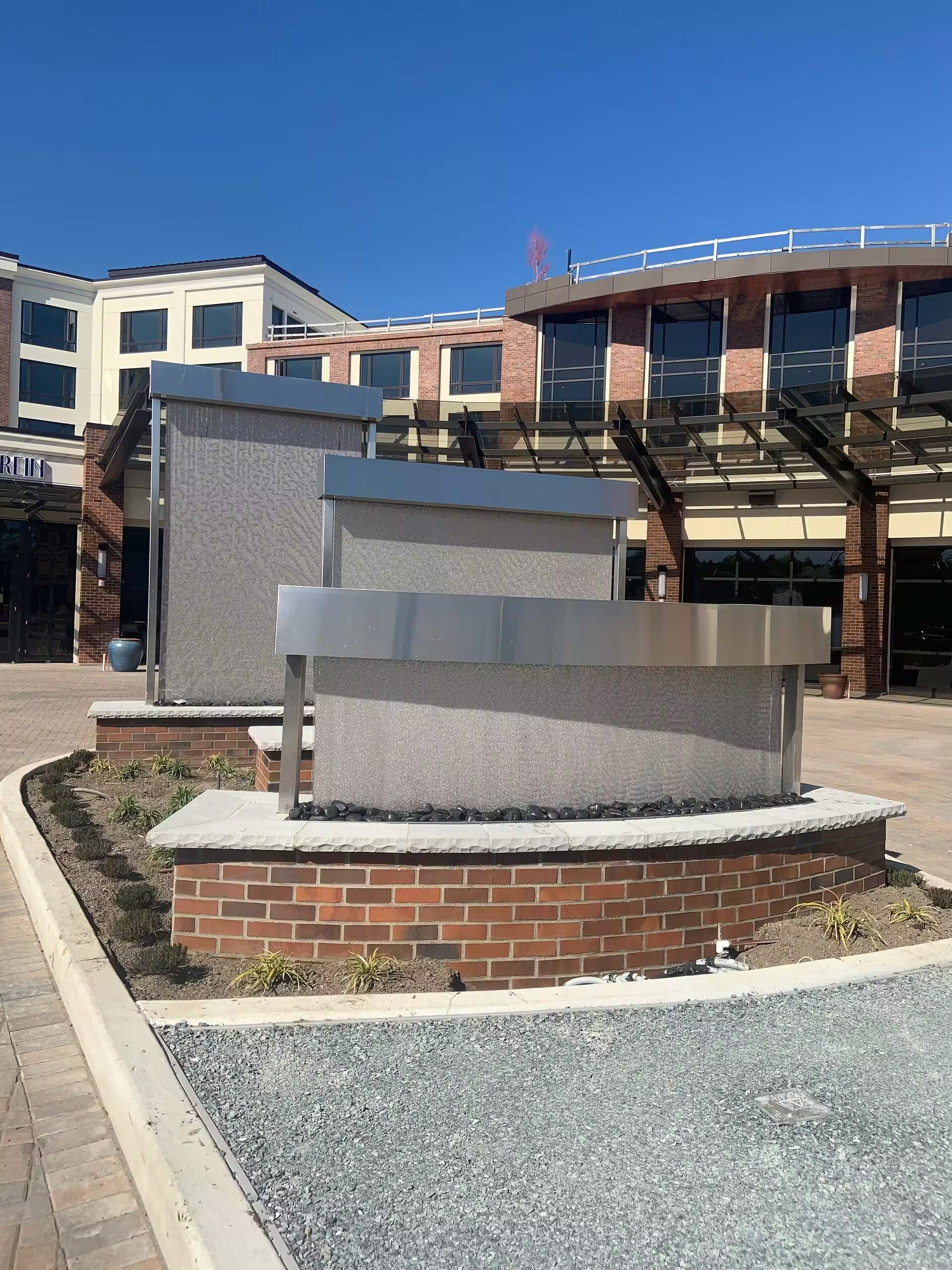




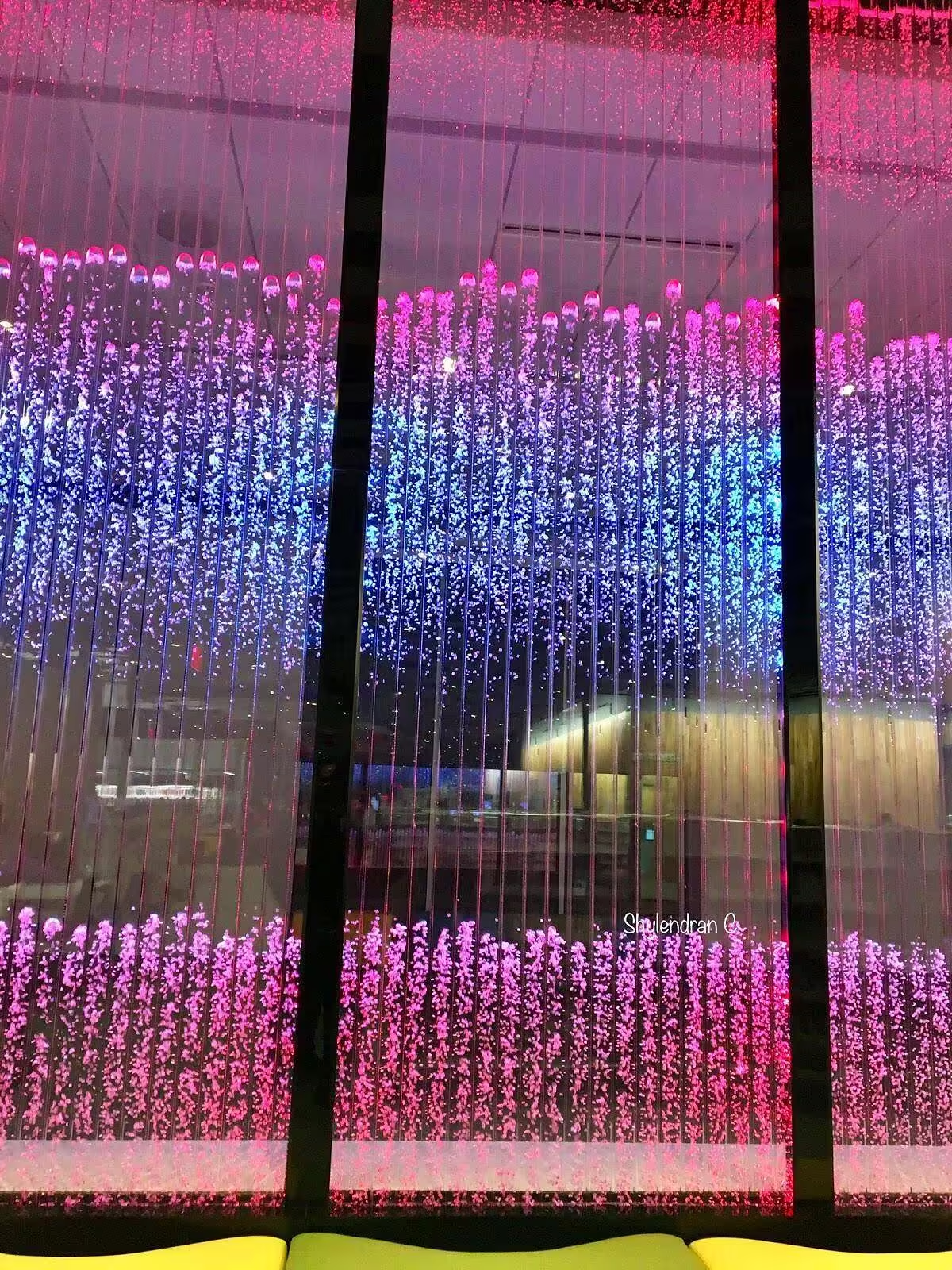









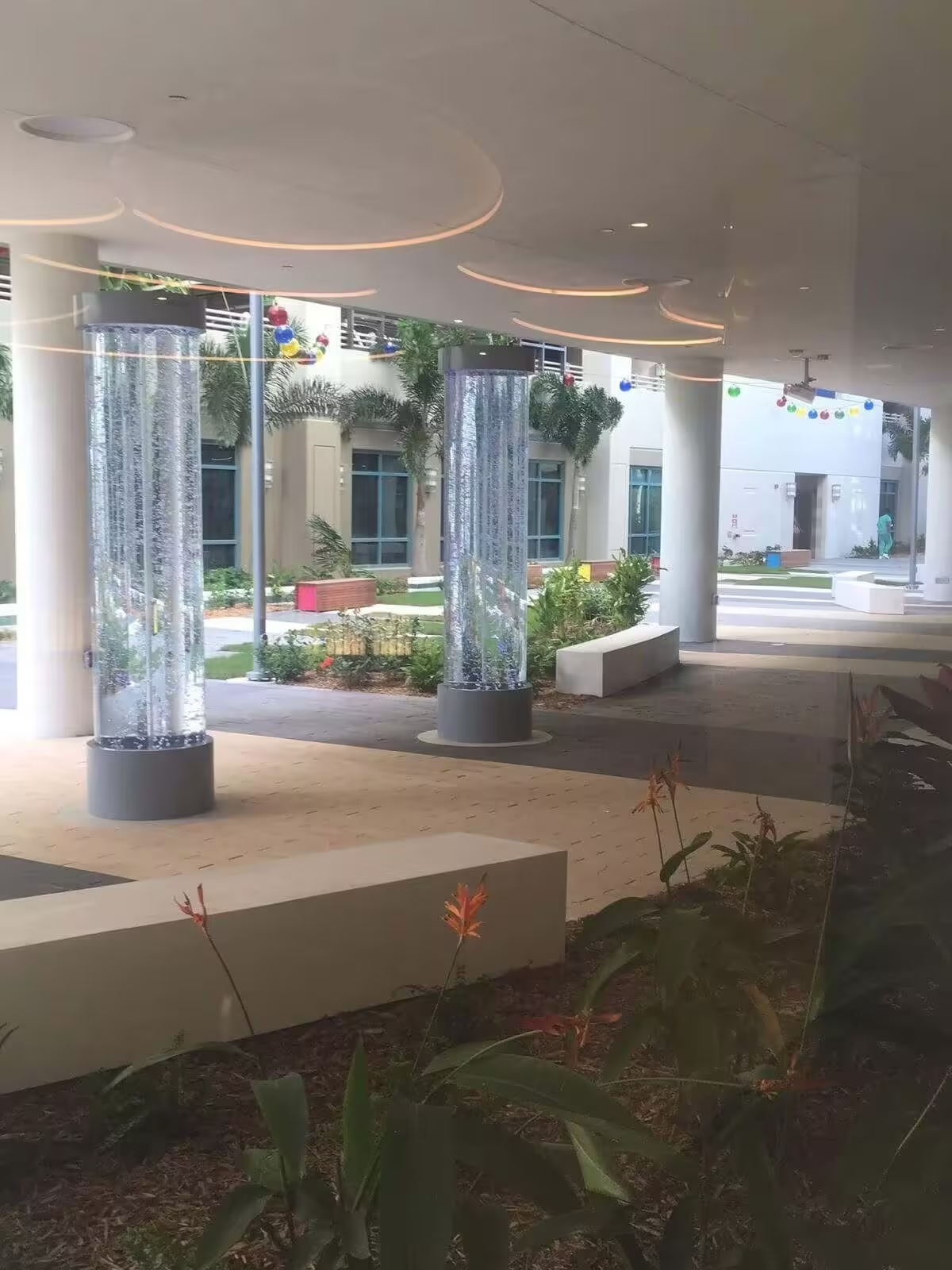














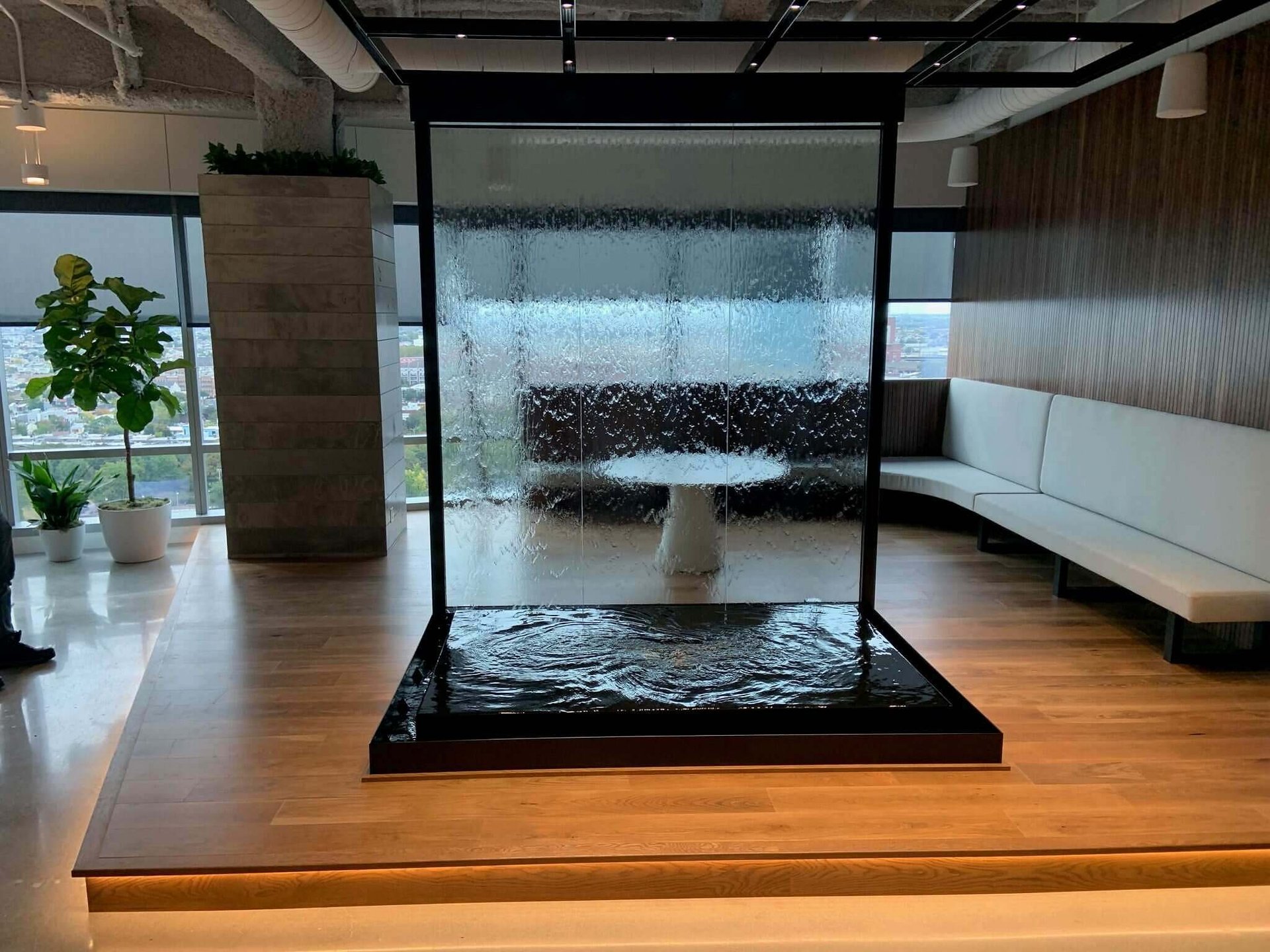







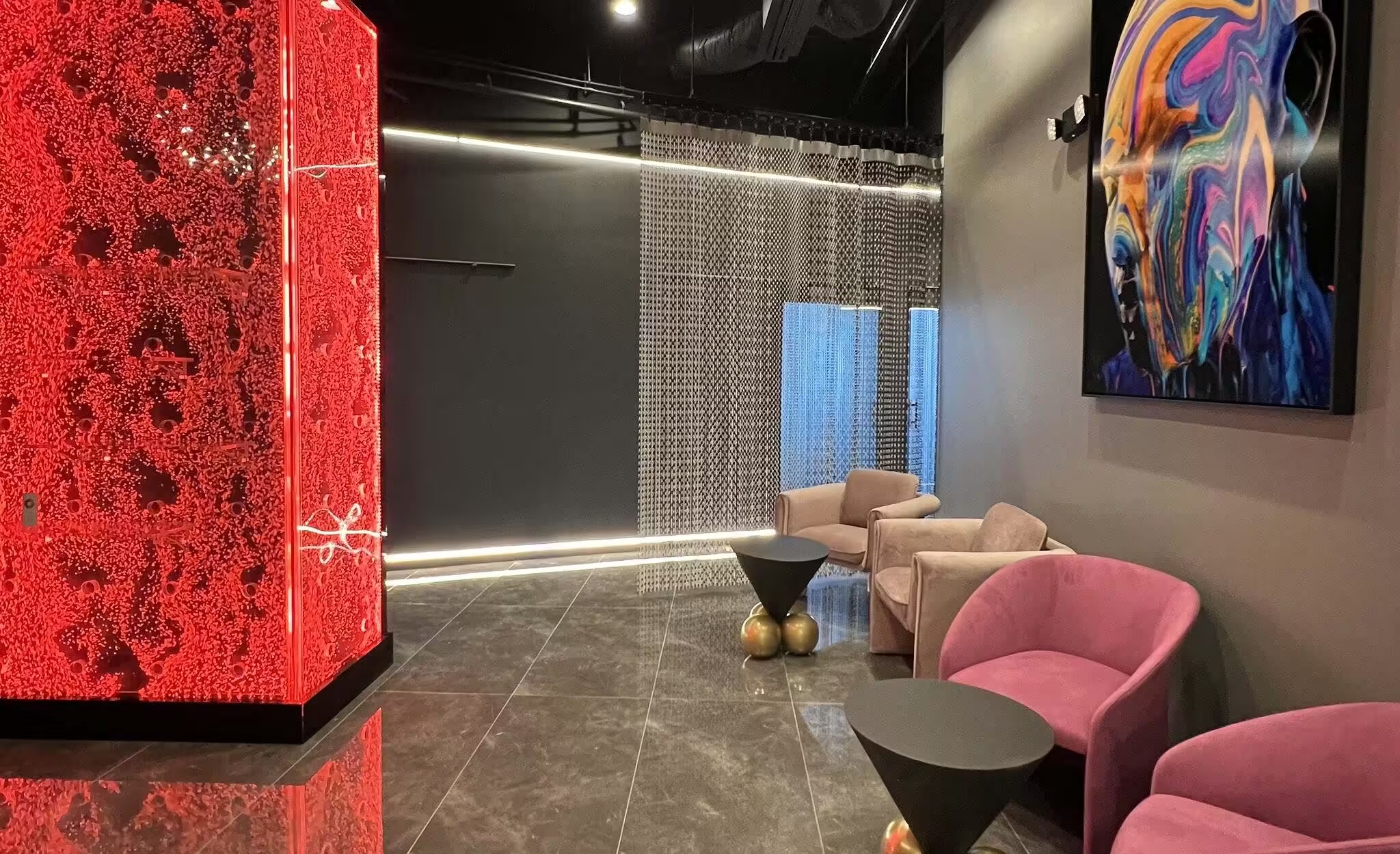






















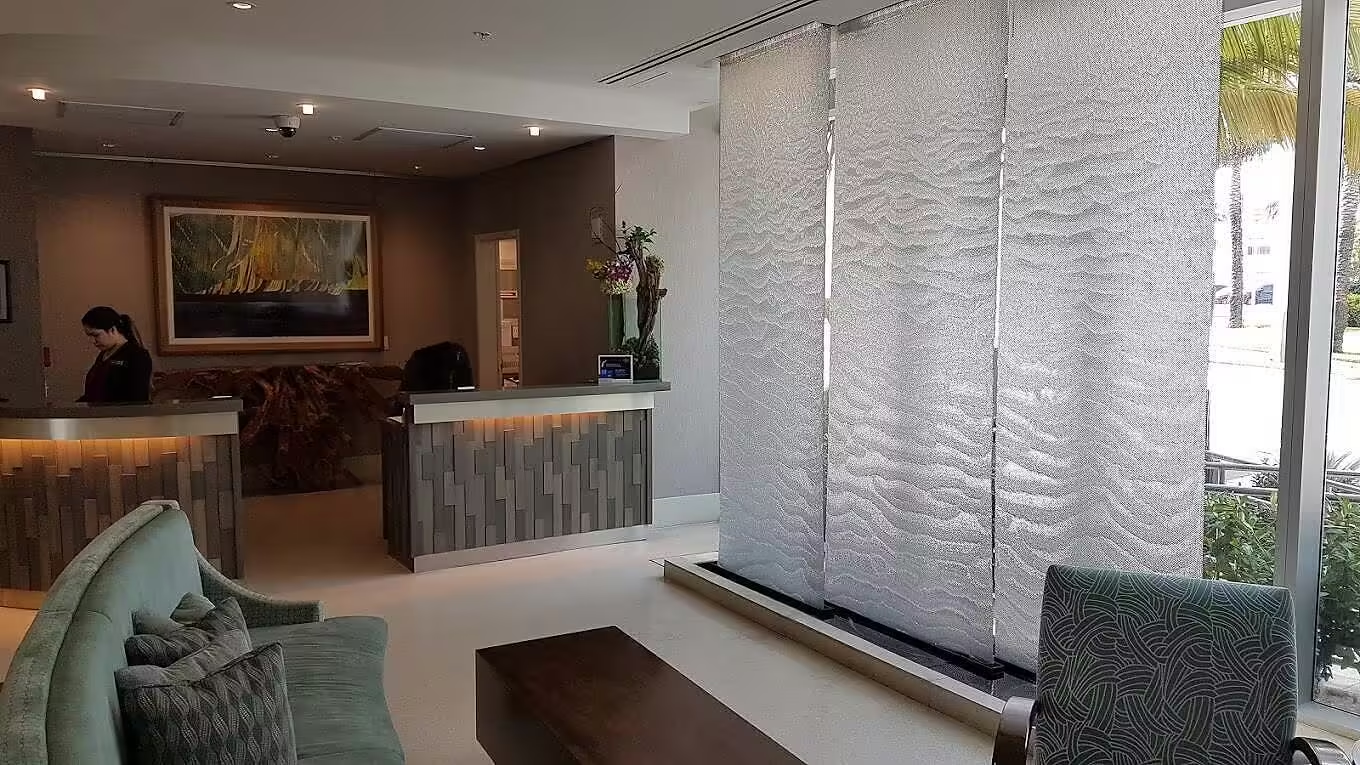






































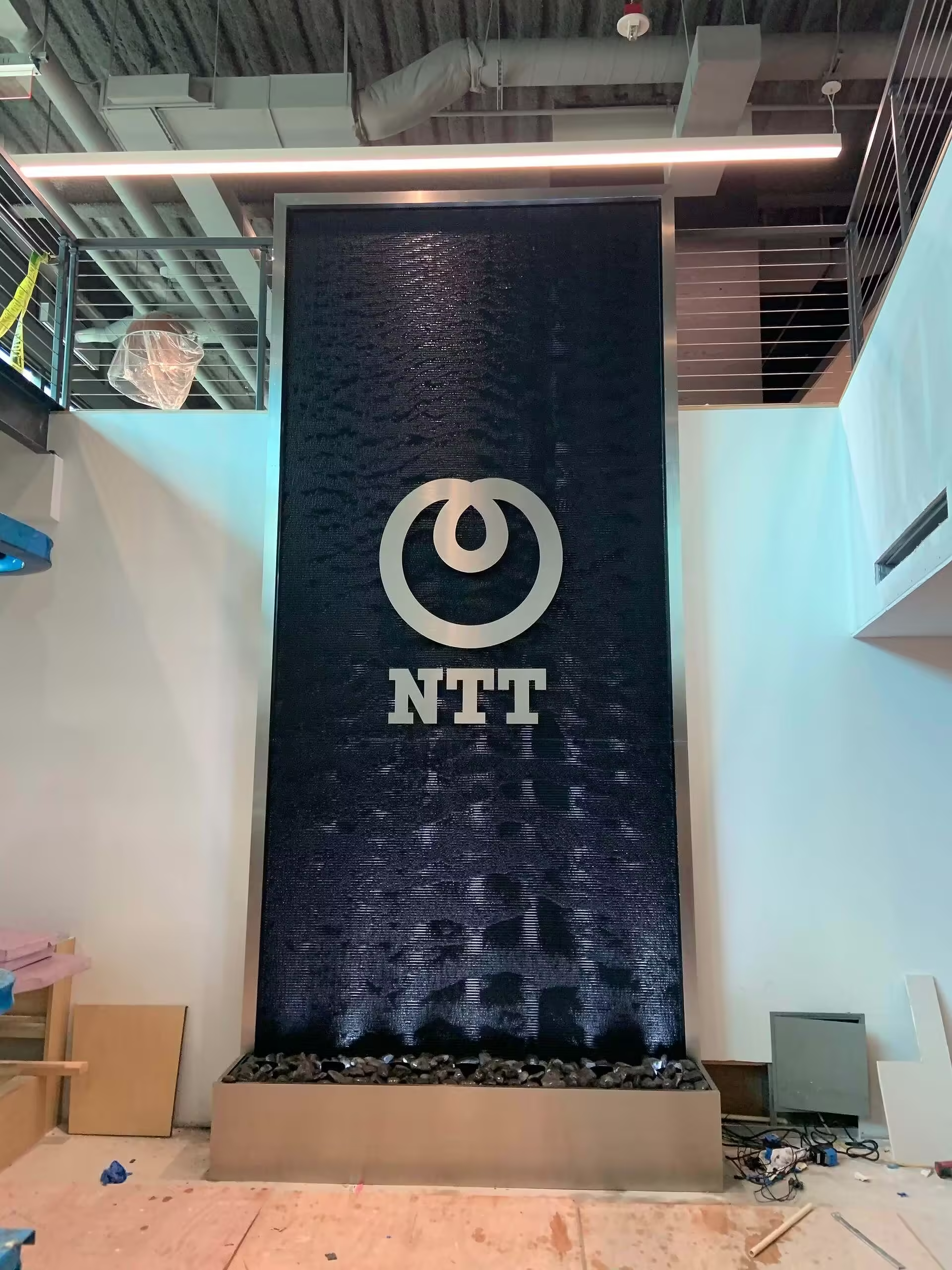






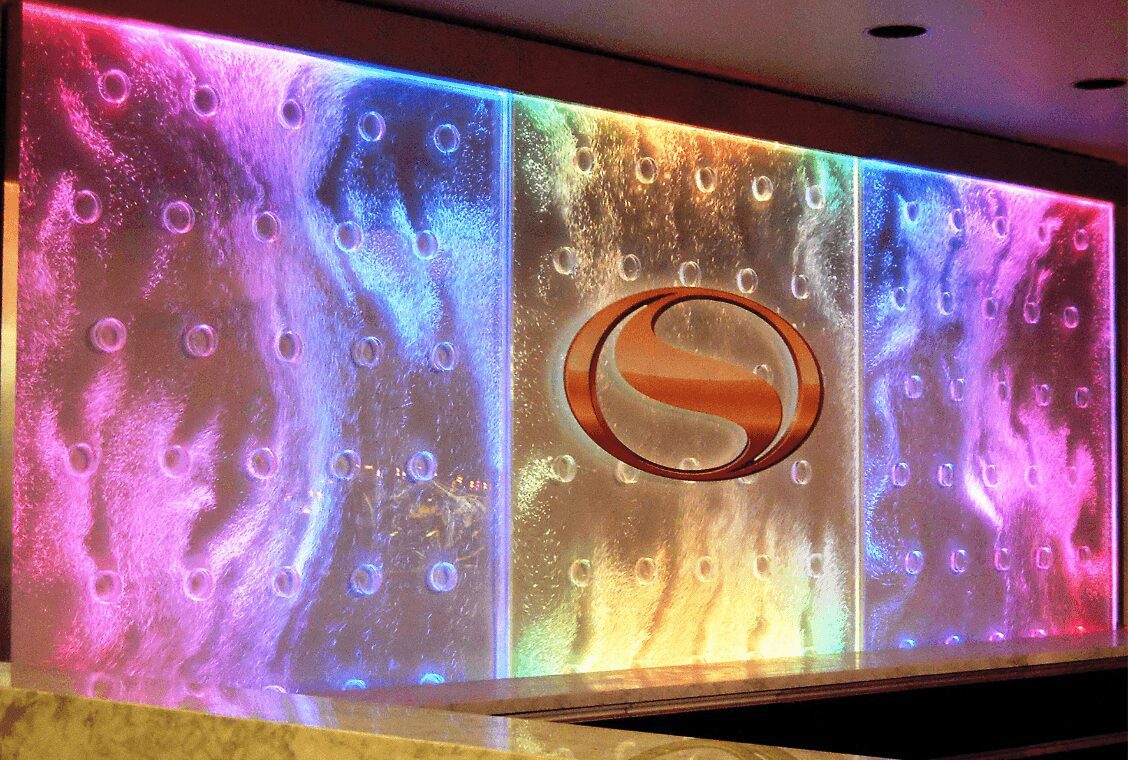



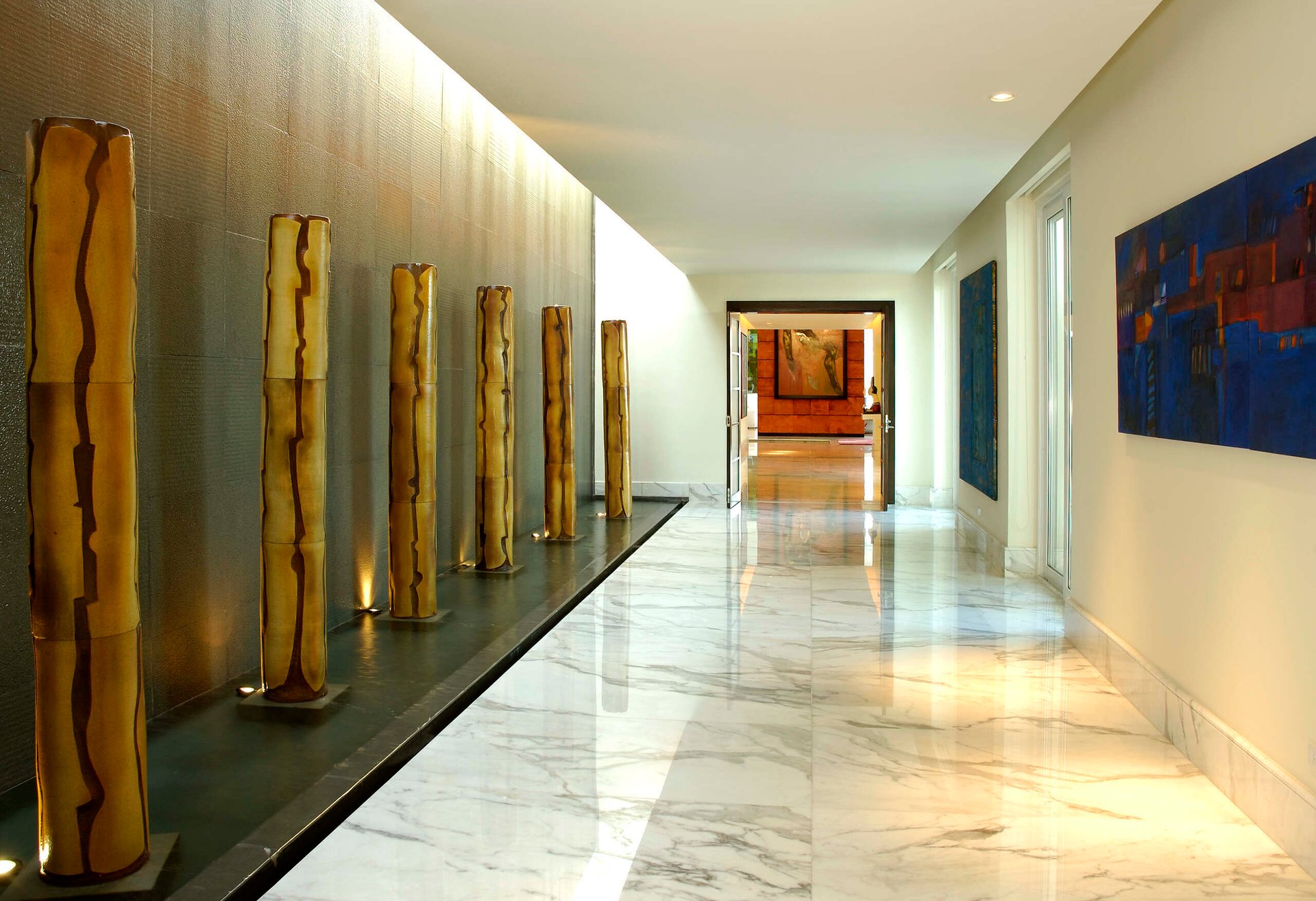



![Rod Style Bubble Wall Swirley for Bounce Empire in Denver, Colorado[84] Rod Style Bubble Wall Swirley for Bounce Empire in Denver, Colorado[84]](https://cfw51.rabbitloader.xyz/eyJjIjp0cnVlLCJoIjoid3d3Lm1pZHdlc3QtdHJvcGljYWwuY29tIiwidiI6MjExNTM2ODkwNCwiciI6MX0/wp-content/uploads/Rod-Style-Bubble-Wall-Swirley-for-Bounce-Empire-in-Denver-Colorado84-jpg.avif)
![Rod Style Bubble Wall Swirley for Bounce Empire in Denver, Colorado 2[2] Rod Style Bubble Wall Swirley for Bounce Empire in Denver, Colorado 2[2]](https://cfw51.rabbitloader.xyz/eyJjIjp0cnVlLCJoIjoid3d3Lm1pZHdlc3QtdHJvcGljYWwuY29tIiwidiI6MjExNTM2ODkwNCwiciI6MX0/wp-content/uploads/Rod-Style-Bubble-Wall-Swirley-for-Bounce-Empire-in-Denver-Colorado-22-jpg.avif)


